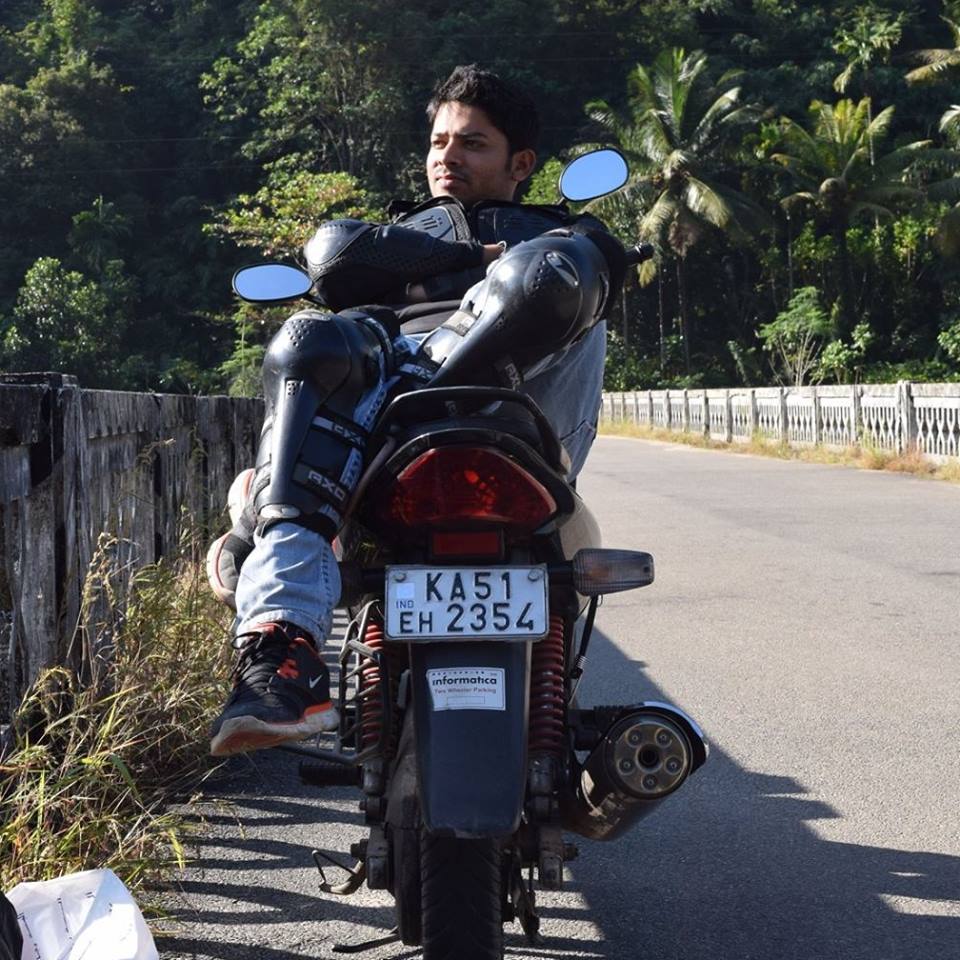Nagaland : Tribal Heritage of North East
Few Reels to give you the highlight of our nagaland leg of the northeast India trip.
Day XIV : Enroute to Kohima via Dimapur
Around noon, we reached Dimapur. And with that, the phycological battle began. Interestingly, If you split the word Dimapur into "Di", "Ma" "Pur". It would mean "The greatest city at the river bank" where ‘DI’ stands for " The River", ‘MA’ stands for "the greatest" and ‘PUR’ stands for "The City". The primary site seeing of the day was the ruins of the Kachari kingdom of the 10th Century. While I was planning the itinerary, this was one of the offbeat places, I thought would be nice. Of course, due to its old heritage. Unfortunately, that was the most pathetic place of this trip. the ruins were kept in a huge park. We quickly visited the place and headed towards the capital of Nagaland, Kohima.
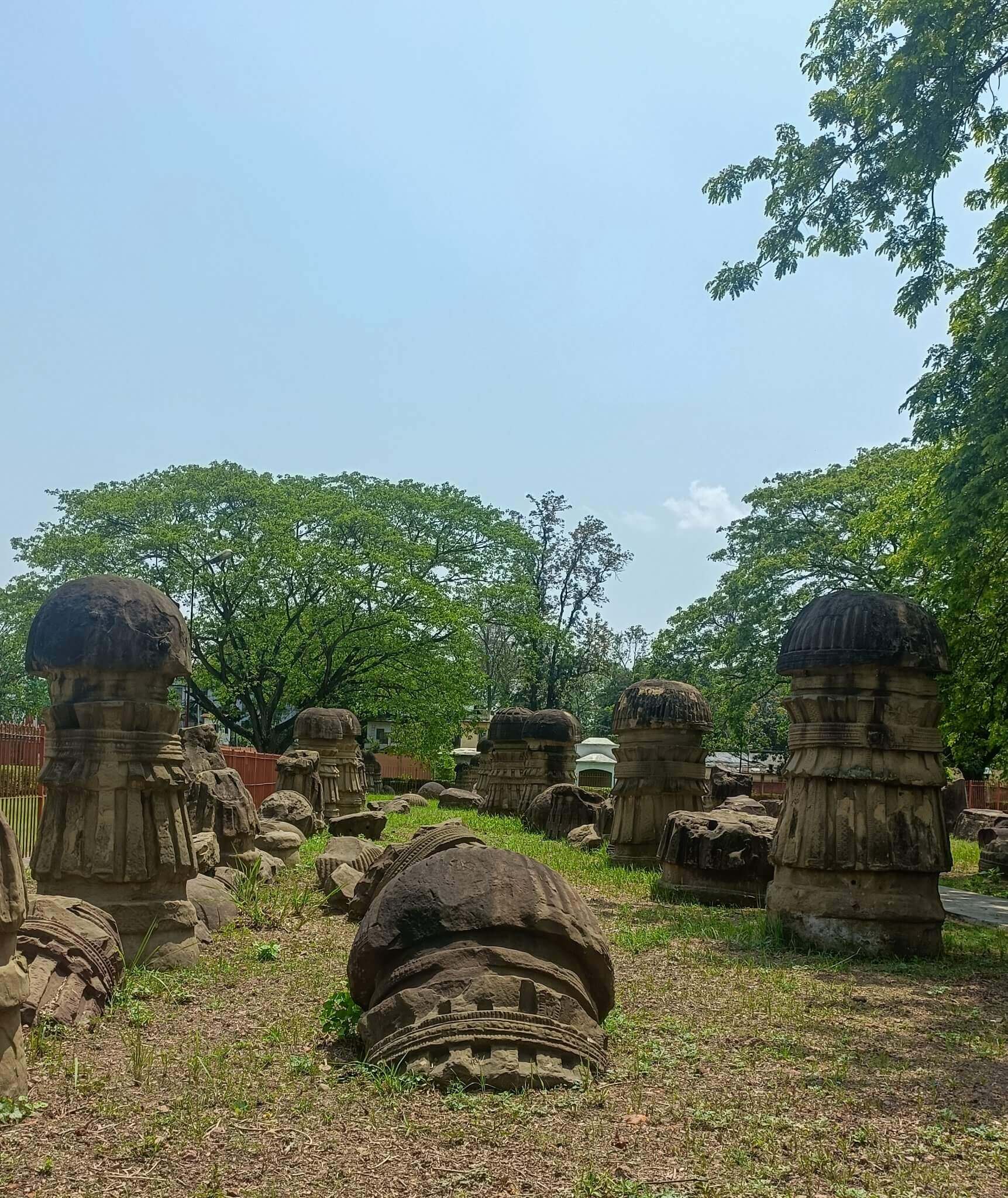
First time on this trip, we were experiencing the Indian summer which wasn’t pleasant 😜. In a few kilometres, the Naga mountain range started. Kohima was around 60 kilometres from there. While travelling, we felt it was one of the quietest routes in not only the northeast but India. At times, it felt scary because, for many kilometres, we couldn’t see a single house or a vehicle.
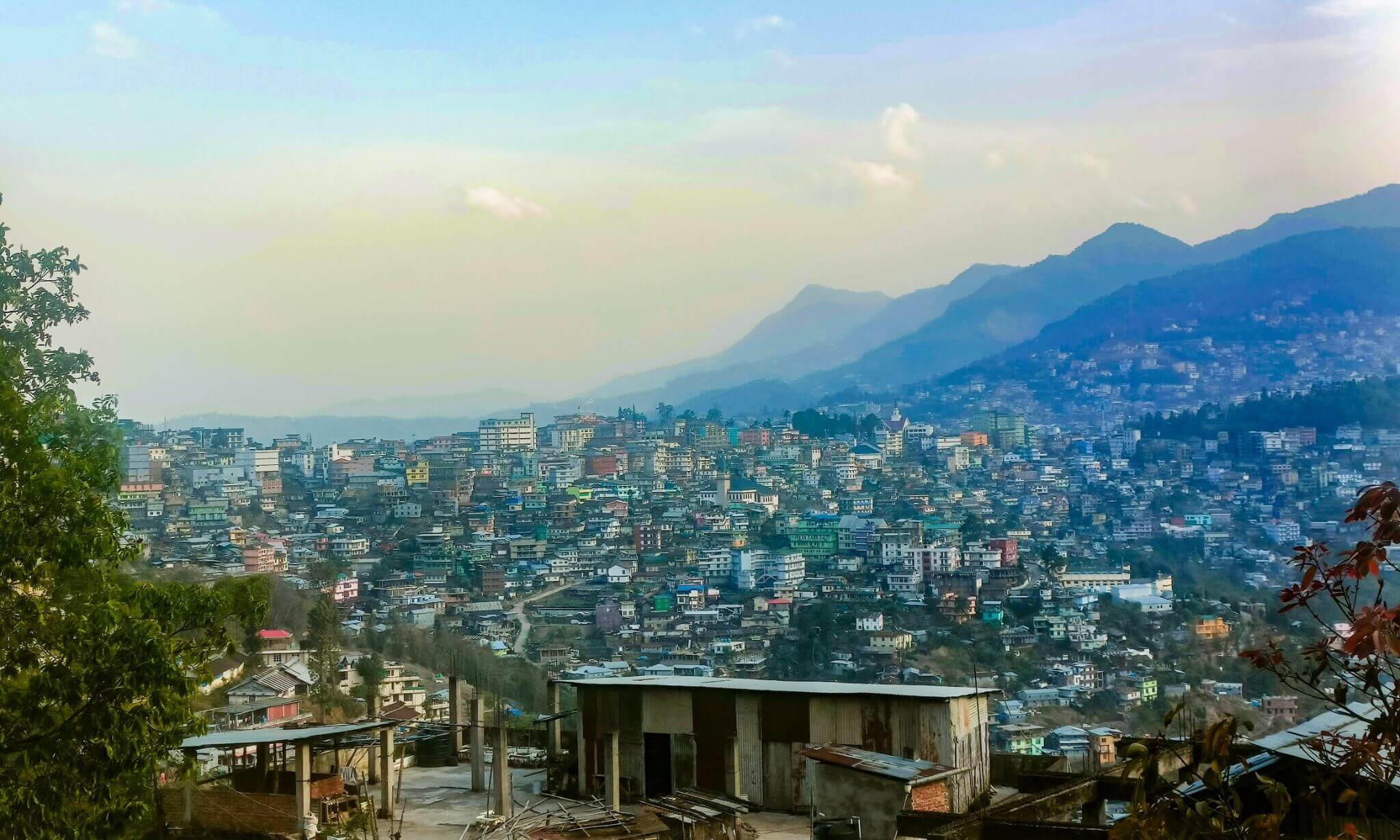
We entered Kohima city at around 2:30 pm. Our hotel was on the other end of the city. Wow! We crossed the entire city and rarely saw any open shops. I was a bit anxious. Did something happen in this part of the world? Suddenly, I realized it was a good Friday and Nagaland was a Christian state. which explained everything. We were relieved. In some time, we reached hotel Vivor which was our last hotel of this trip. We ordered a delicious Basa fish for lunch. Yesterday's kidnapping event was still running in our heads which was why we decided to spend the rest of the evening at the hotel binge-watching a few Series.
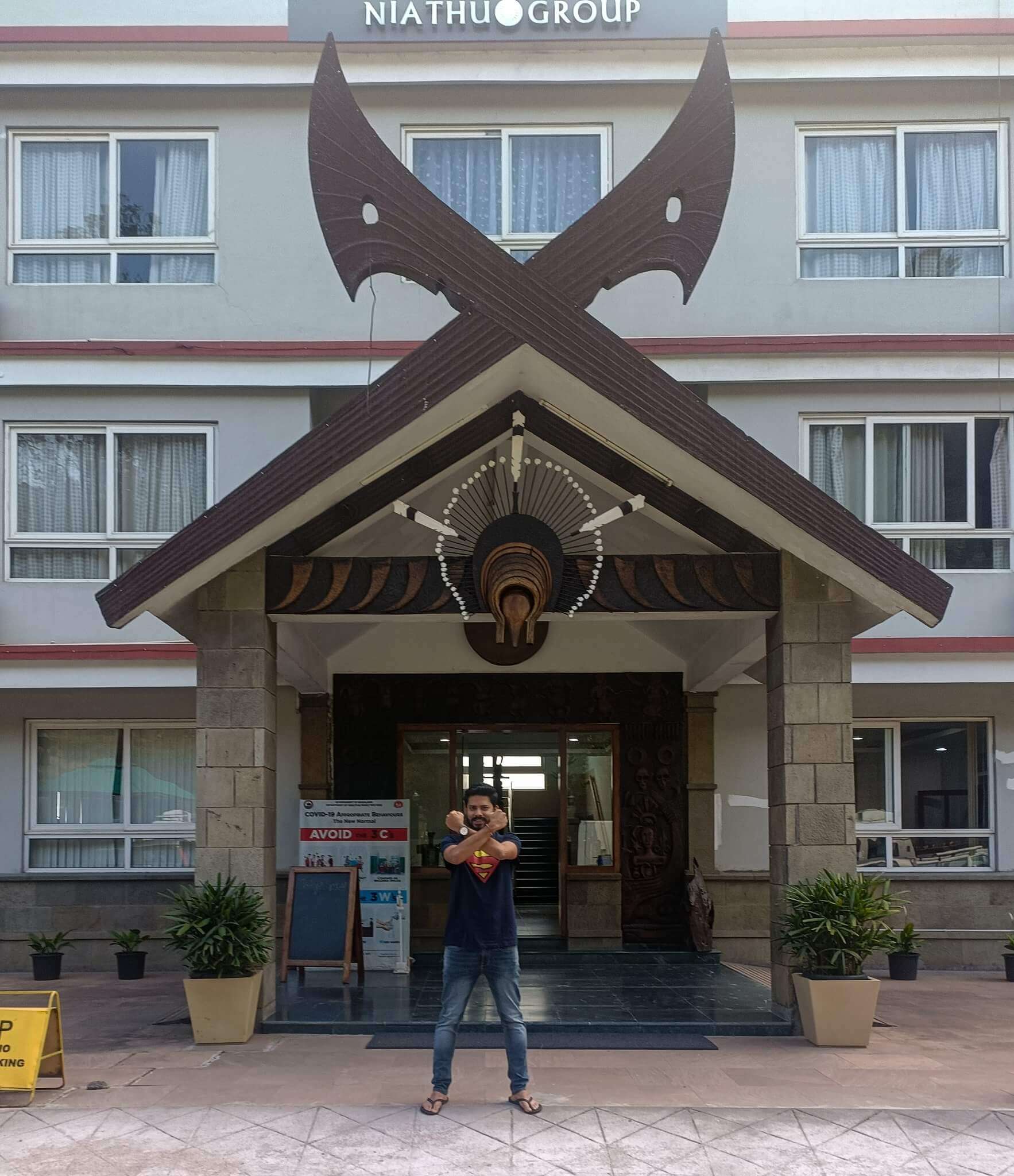
We wished to visit the Kisama Heritage village which was one of the 17 tribes of Nagaland. It was an empty village and only during 10 days of the hornbill festival, the Kisama tribe would stay in this village. The hornbill festival would be the best time to visit Nagaland and when one could meet all the 17 tribes of Nagaland. This festival would take place from 1st to 10th December every year.
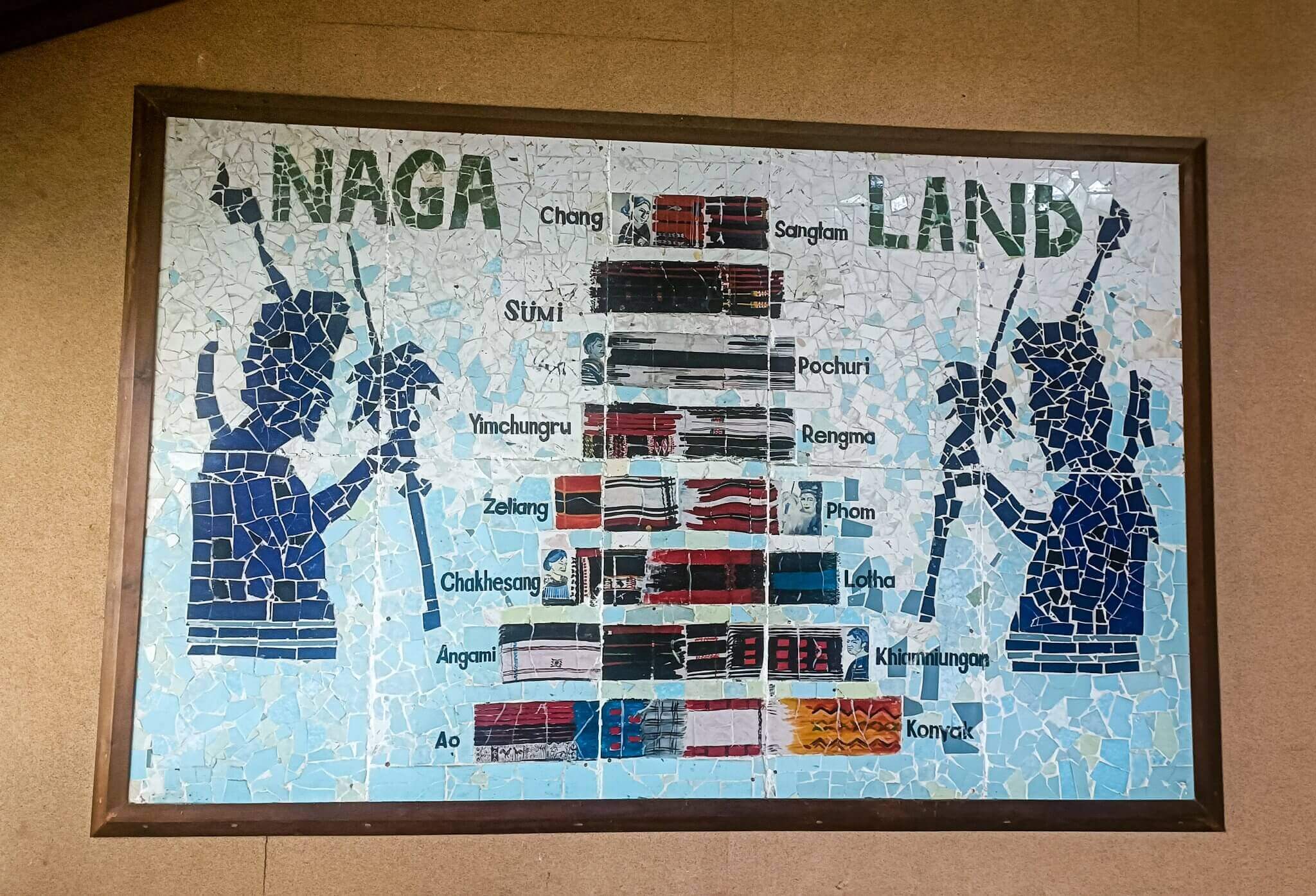
Day XV: Exploration of the Khonoma village of Angamis
I hope you remembered the kidnapping incident I described at the end of the Assam blog. While we were travelling to Khonoma, our driver told us the real story of the incident. Those two drivers were going to Imphal for the pick-up in their Innova. On the way, they pitched dirt at some locals and ran away. Which made locals angry and they ran after them and caught them at the Imphal-Kohima border. One driver of the two drivers ran away while the captured one got beaten by the angry locals. Later, they handed him to the state police who fined 30,000/- to the owner of these Innovas. This was the classic example of how false information and rumours had made a certain part of India an unsafe place. Finally, our fear went away and our excitement level went to the roof for the upcoming exploration of the Khonoma village.
Welcome to the green village of Angami, one of the 17 tribes of the Nagaland, Khonoma. For many generations, the Angami people were staying in the same houses built by their ancestors and lived the same lifestyle their ancestors used to live. Wasn’t it fascinating? Interestingly, Even today, apart from the salt, the village was producing everything needed to live a healthy life. Incredible!
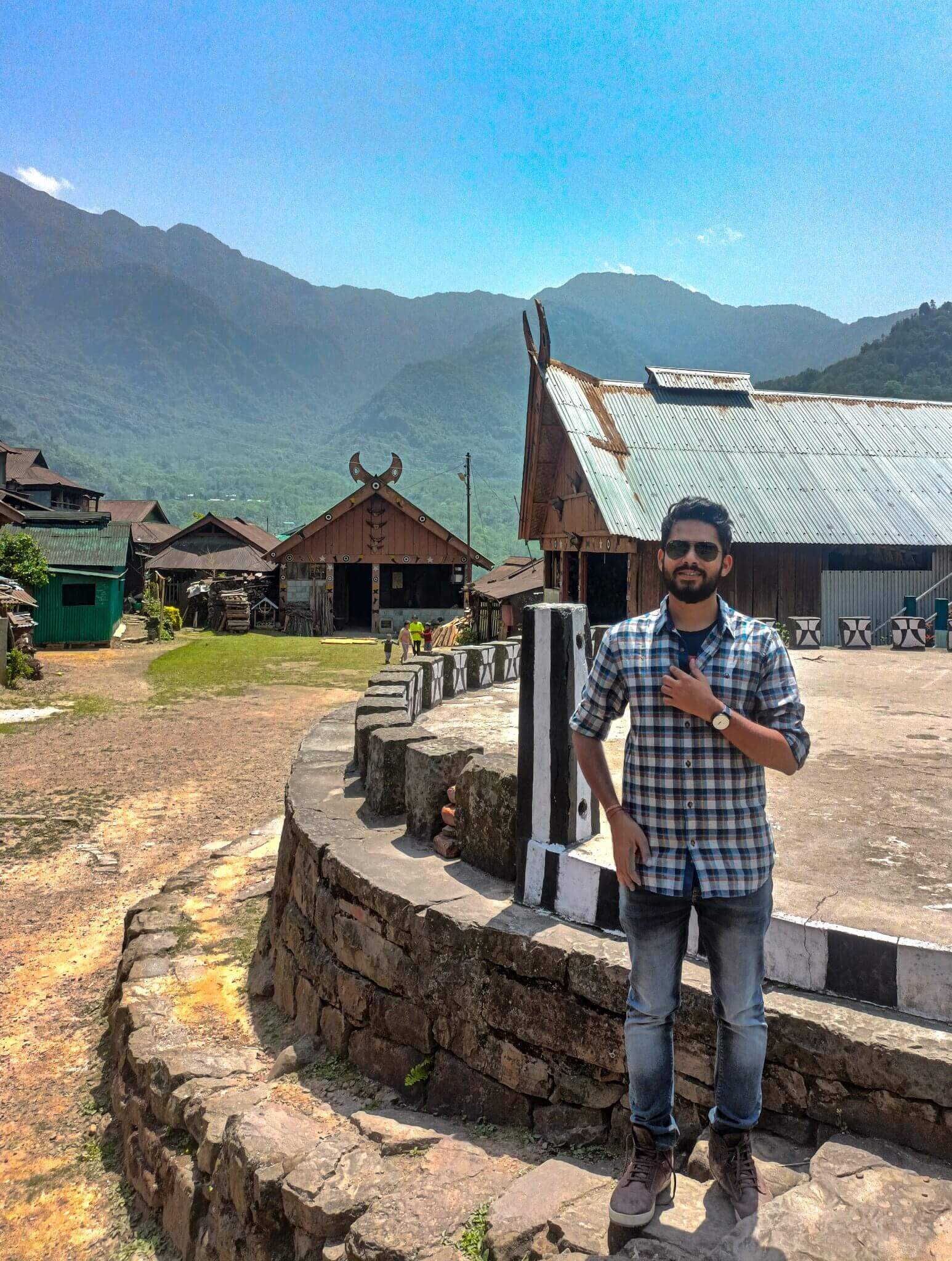
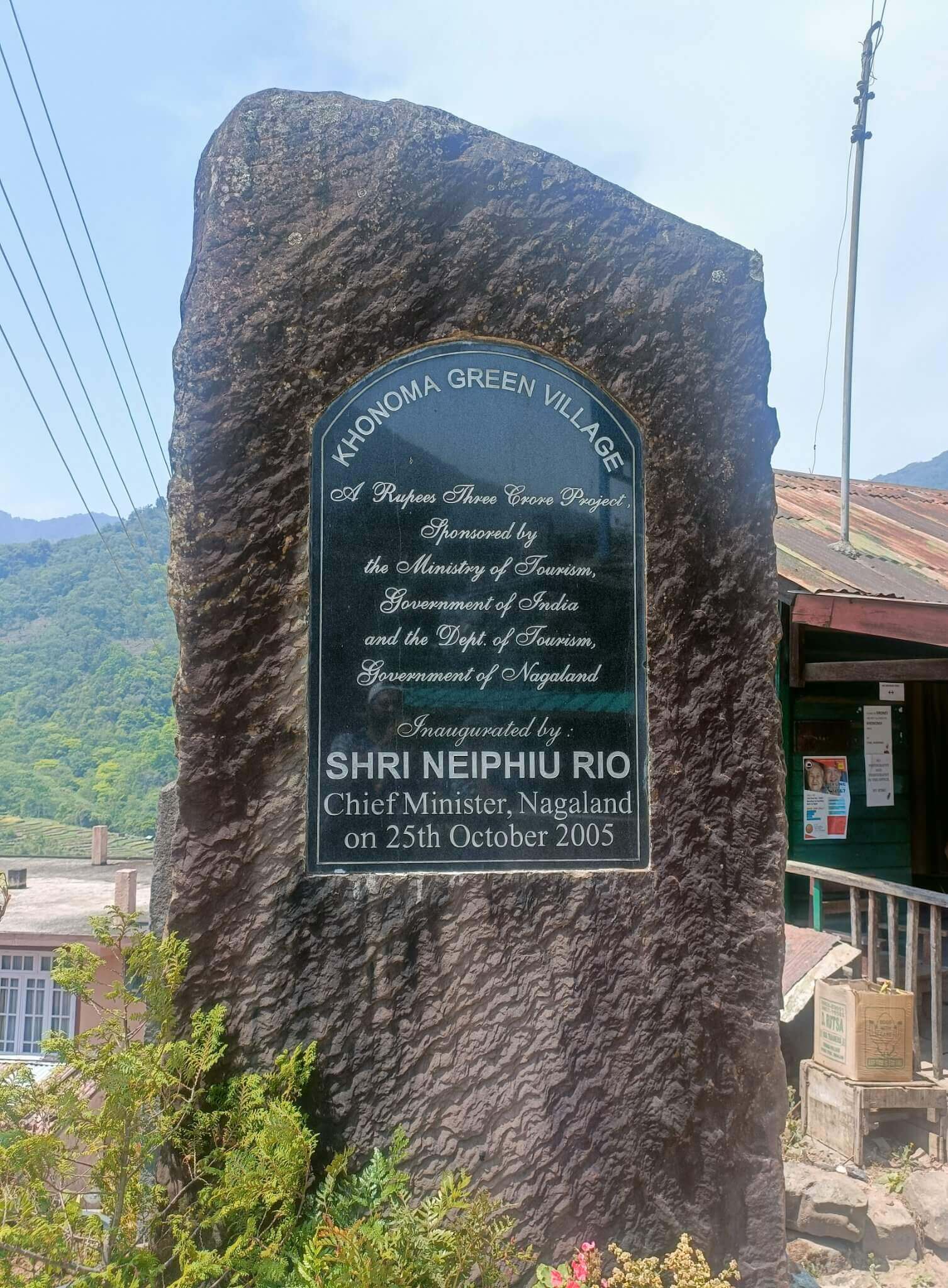
The village had a lot of interesting facts and stories. We hired a guide who charged 1500/-. From the parking lot, our exploration began. We took a staircase and encountered the first gate of the village. The village had seven such gates guarded by the young Angami warriors. During the was or headhunting, these gates would be closed to defend the village.
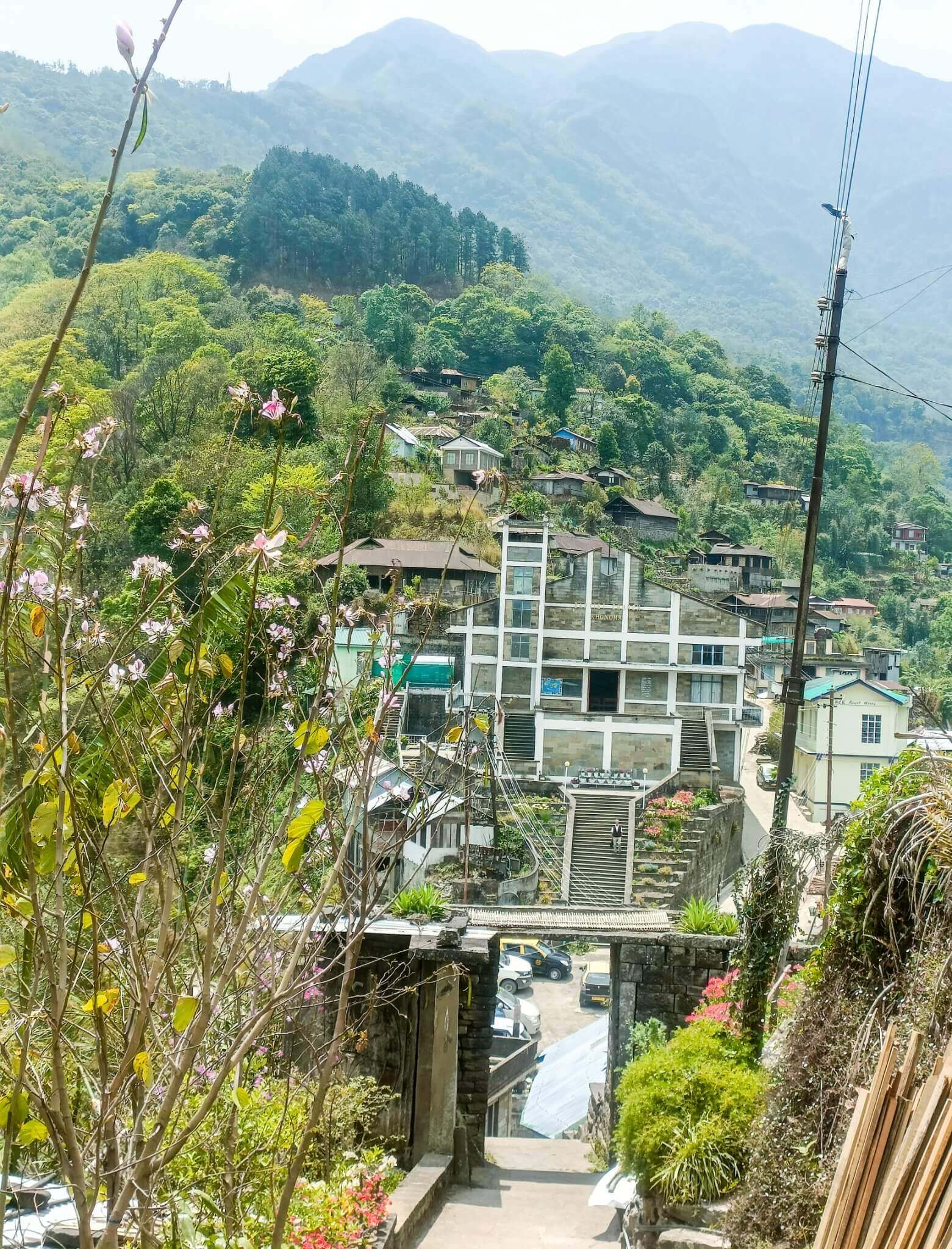
The staircase took us to the Mehruma Fort which was the first of the three forts of Khonoma. It was located at the top of the village. from where we could see the Khonoma village and their stepped farms. Rice, Potatoes and garlic were the main crops farmed on these farms. From there we went to a memorial where we saw a huge pillar, built in the memories of the martyred Angamis in a war against the Britishers. Angamis had beheaded the first British government delegate who visited the Khonoma with the intensions to rule them. In return, the British government sent a huge army to capture the Khonoma. In the process, they killed many Angamis and burned their village.
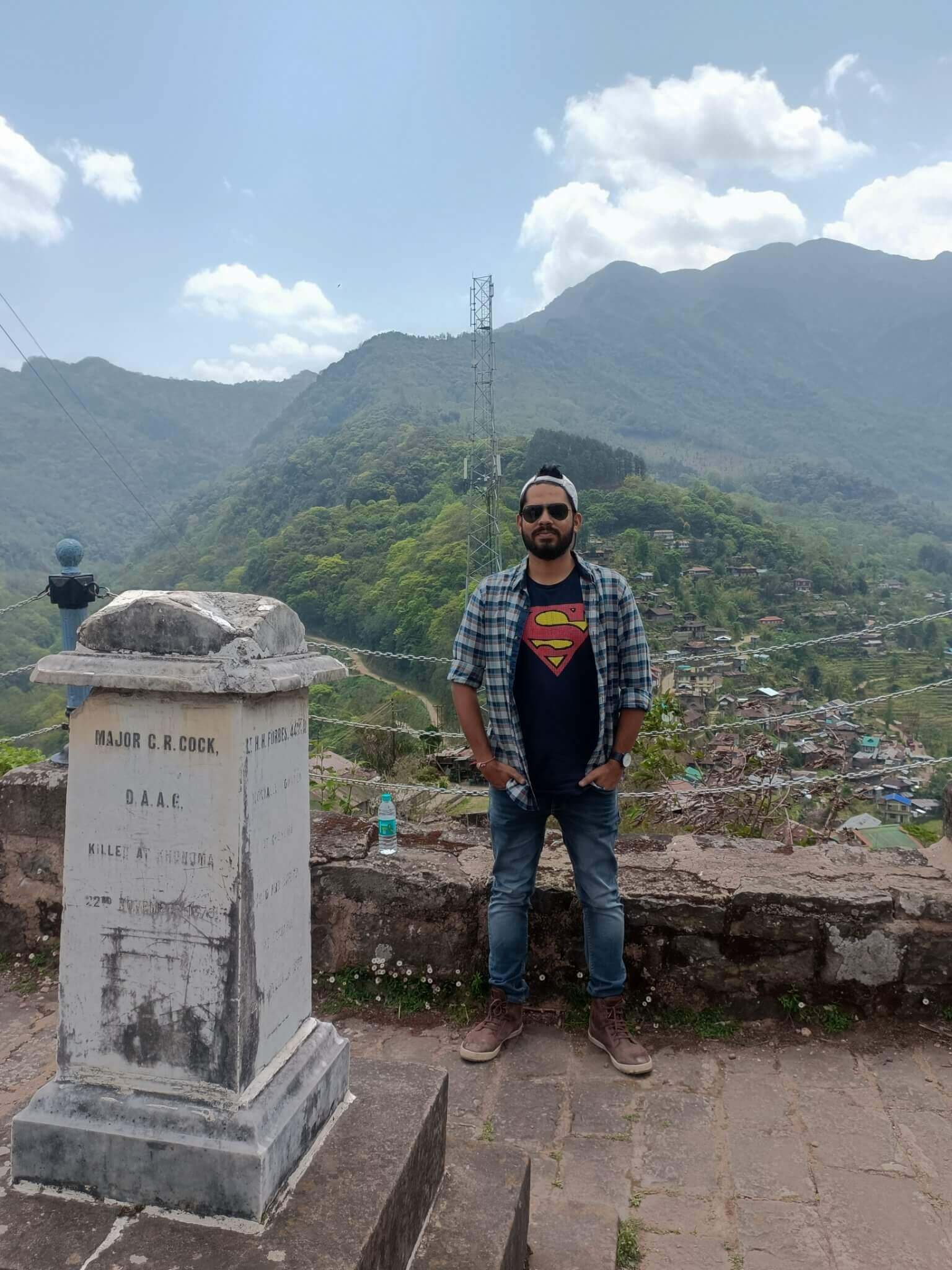
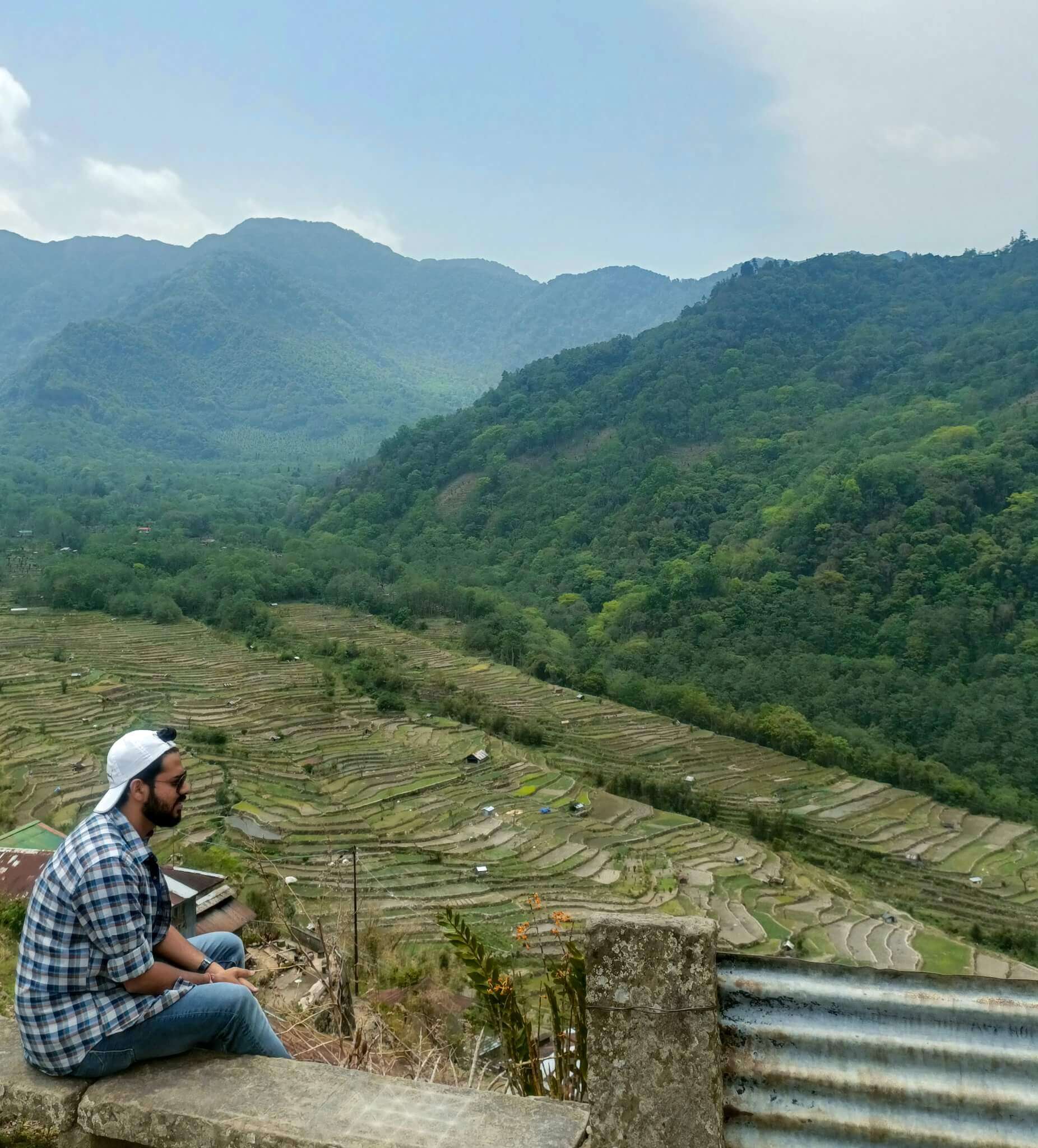
From there, we went to a place which was called Murung. Few interesting pieces of information about Murung. All the young boys aged 14-17 in the village had to stay there. They would learn the art of fighting and defending the village against enemies. During the war, they would be the first line of defence. Interestingly, Their beds and pillows were made of wood. The reason behind this was not to be comfortable while sleeping. So that when the enemy would attack the village, these warriors could quickly wake up to defend their village. During ancient times, The Angamis used to hunt wild animals. They would eat the meat while keeping the skull as a trophy or honour at their houses. The entrance of all the Murung was decorated with these skull trophies. All the Murung should have enough wood in front of it. It should be provided by the youngsters staying in it. a lack of these woods would be considered embarrassing for the youngsters staying in it.
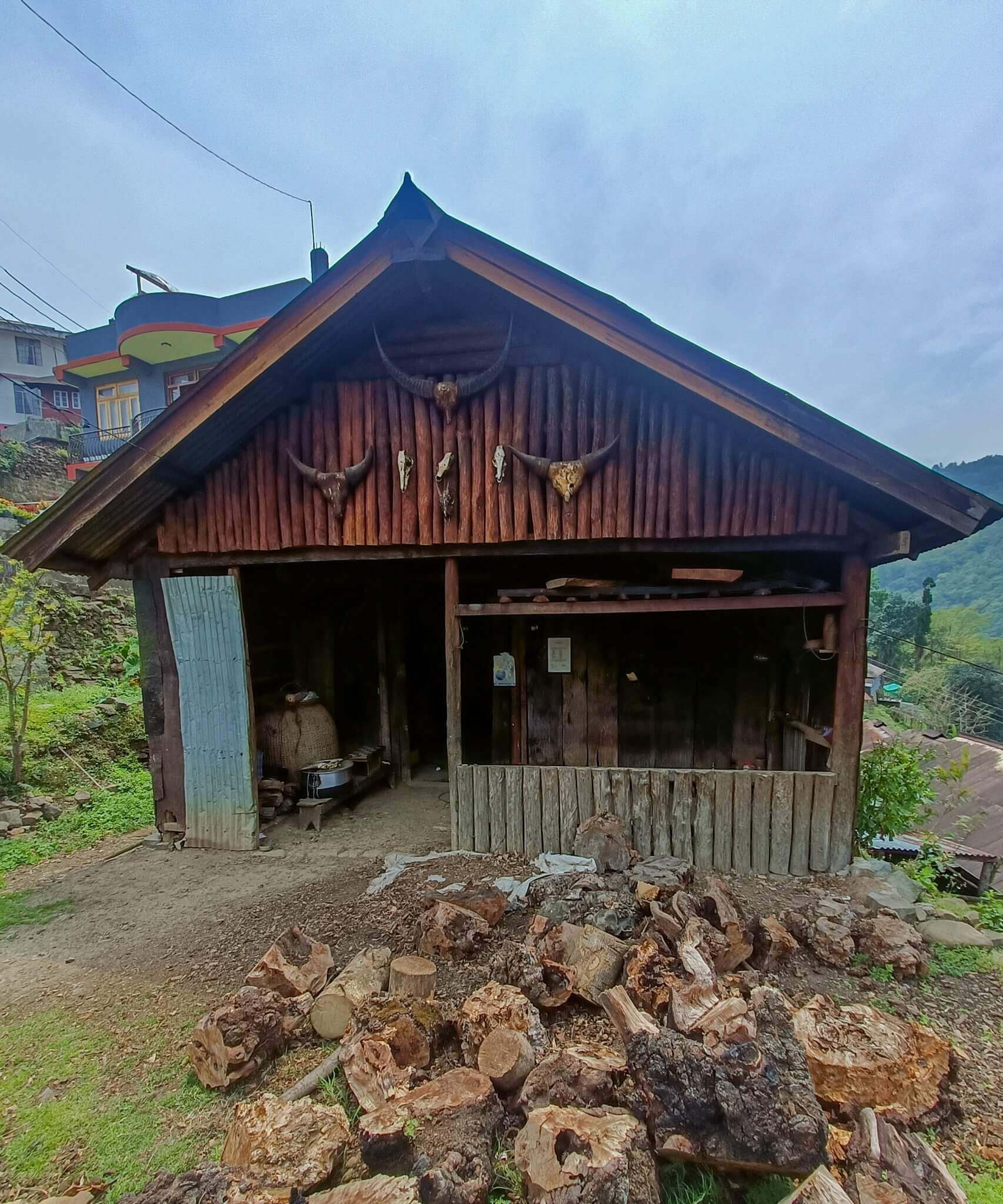
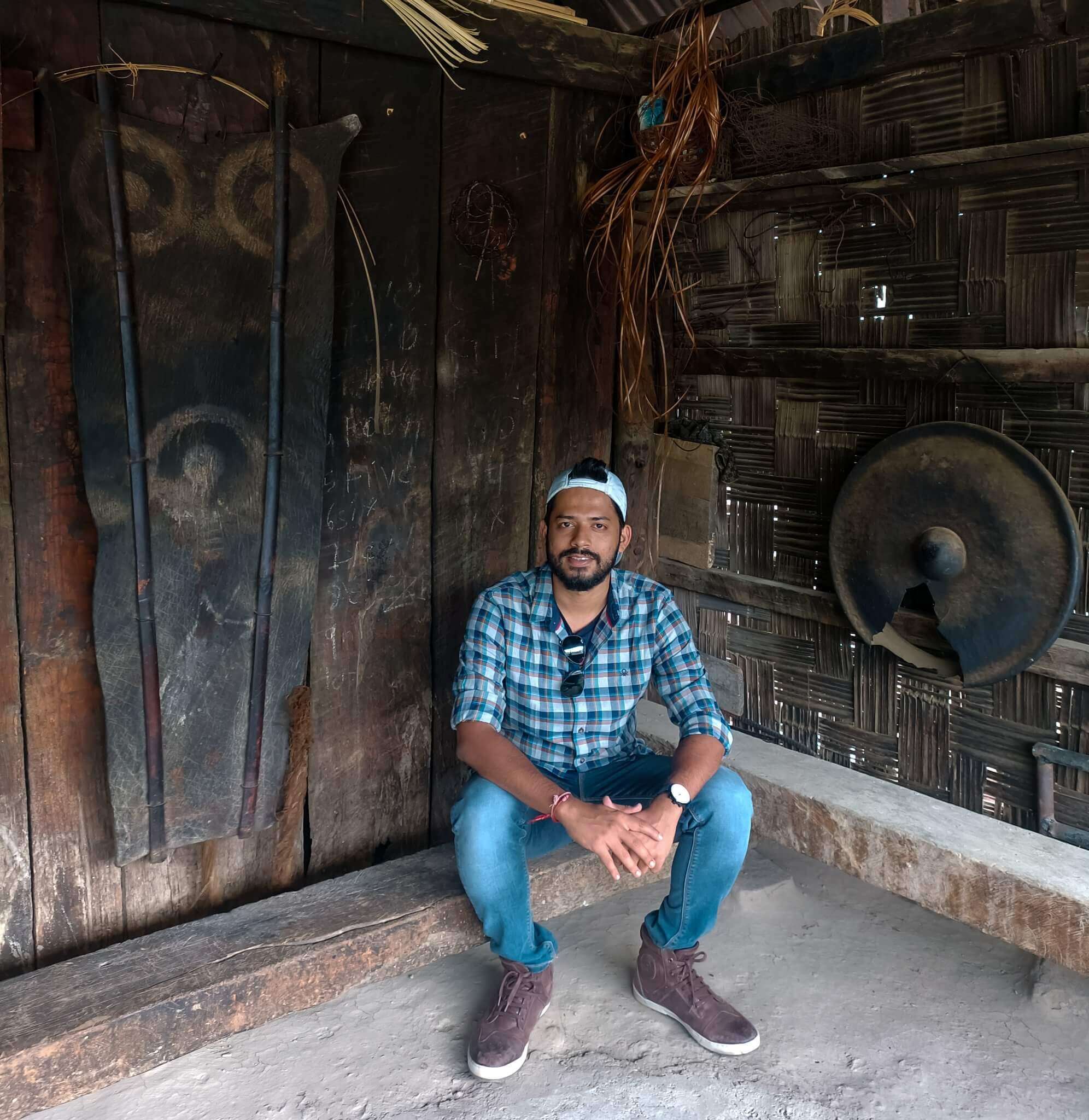
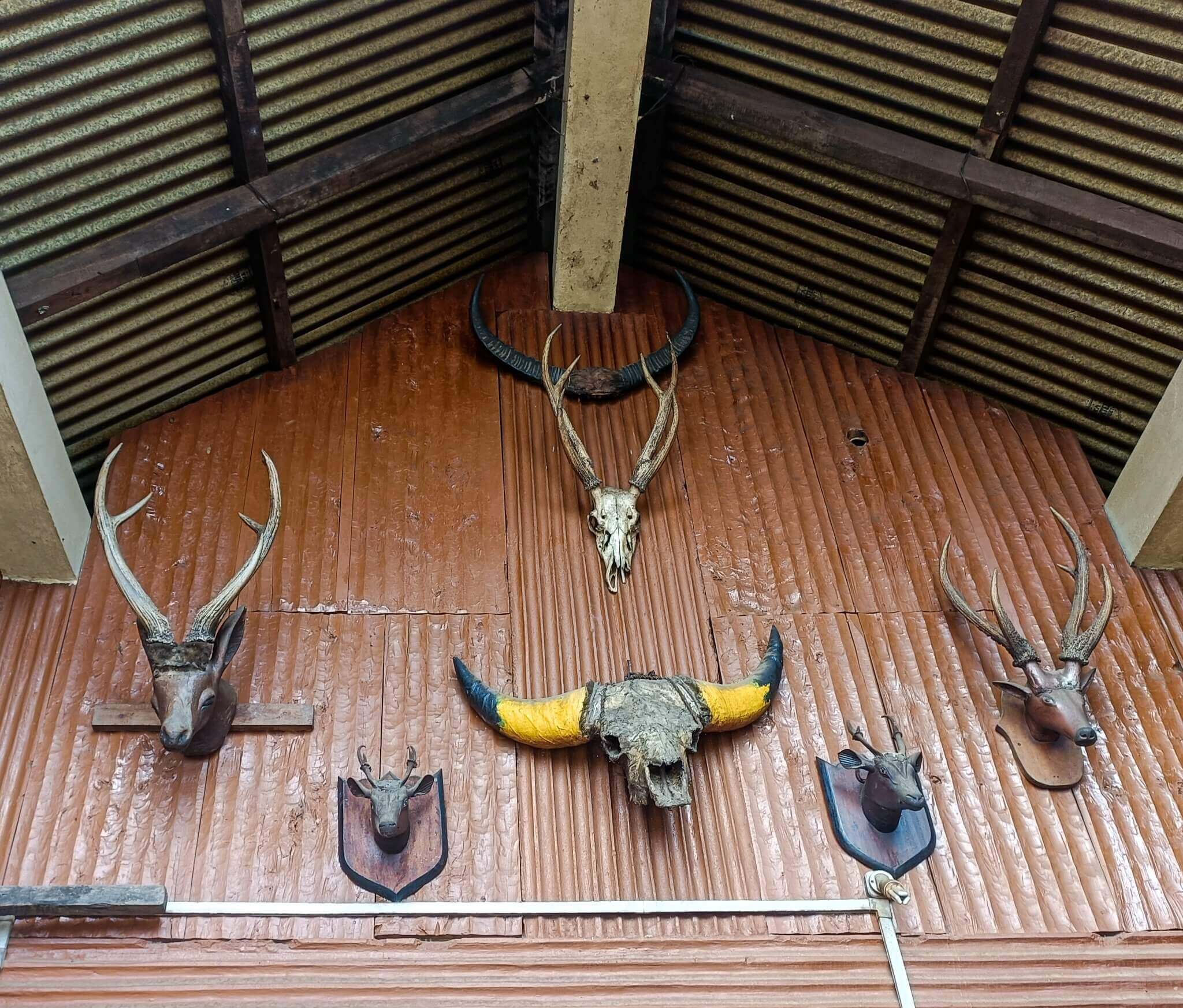
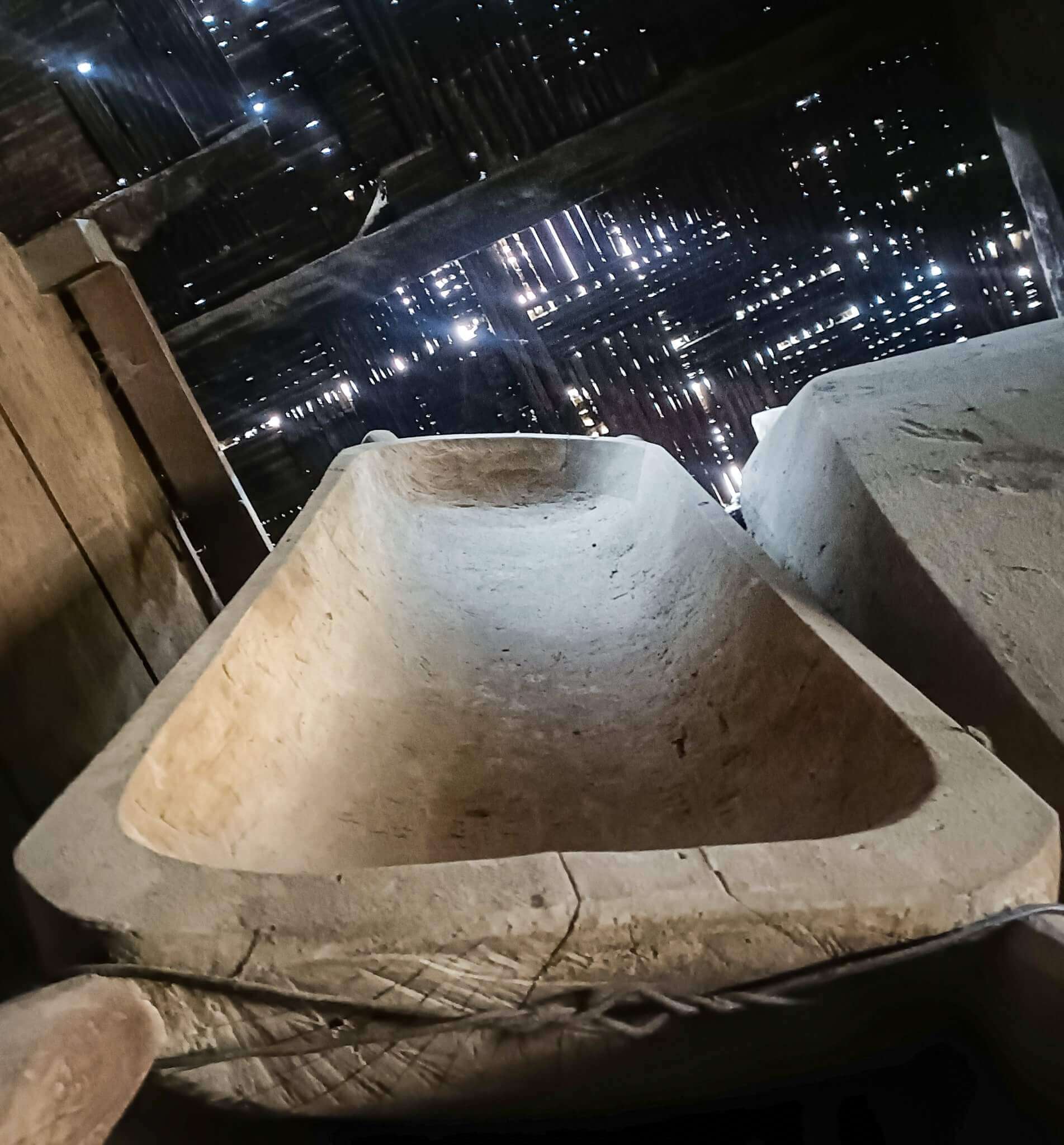
From there we went to the second fort Semoma. From its terrace, we could see the third and the last fort of Khonoma, Thevoma. While visiting the village, I saw two things. Khwehu - sitting stones arranged circularly in front of a few houses. It was used by villagers to drink rice beers with their friends. Kikia [ Horns on the Roof ] - Horn-type constructions, built on the roofs of a few houses and all the Murungs. Apparently, not everyone could build Kikia or Khwehu at their houses. If a person wished to build these then they had to take permission from all the villagers. How to do that? Earn their respect by hunting down many wild animals and feeding villagers multiple times. The houses with Khwehu and Kikia would be considered respected men of the village. I felt nostalgic, hearing these stories. It was all about pride! It was like I was watching the series Vikings!
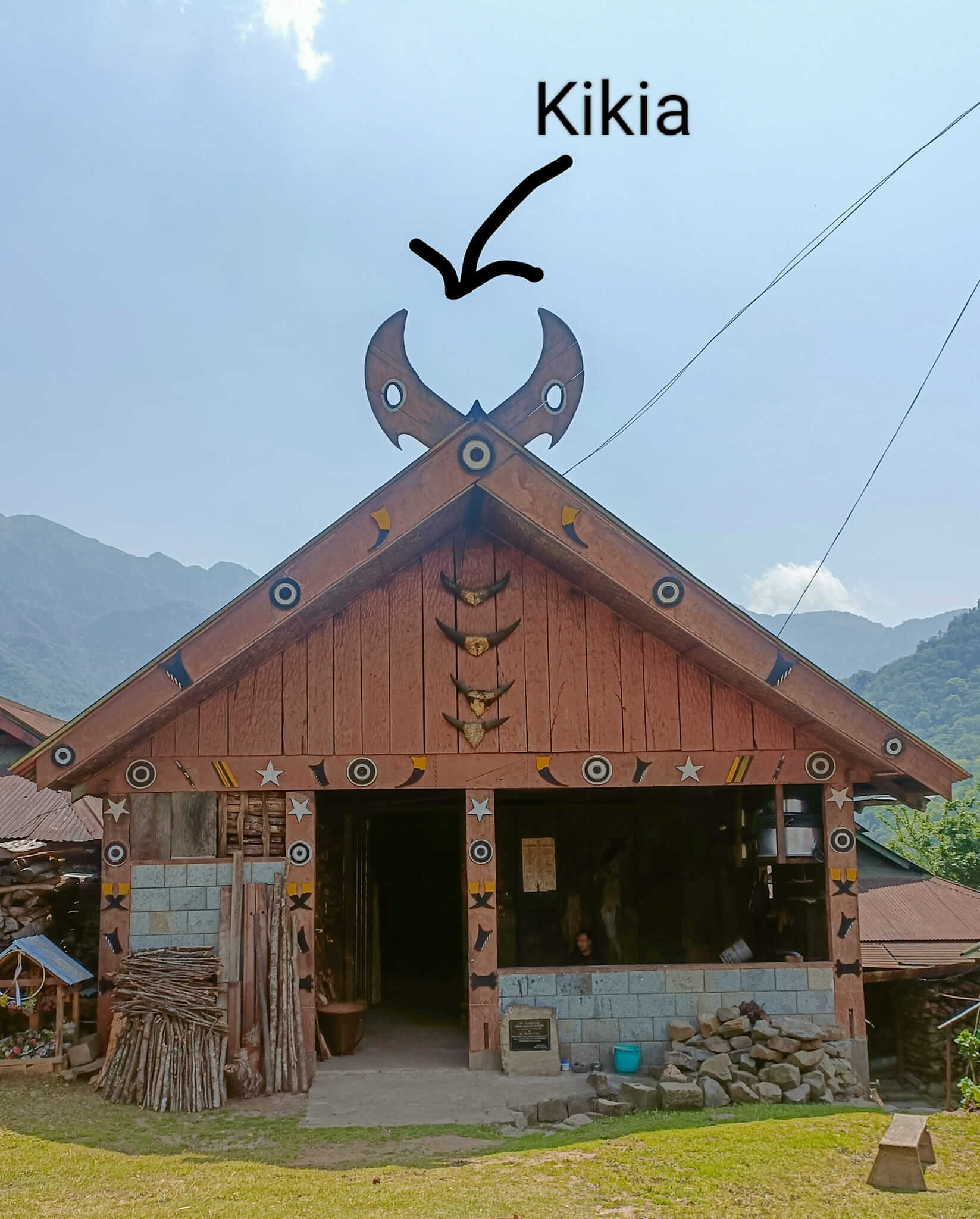
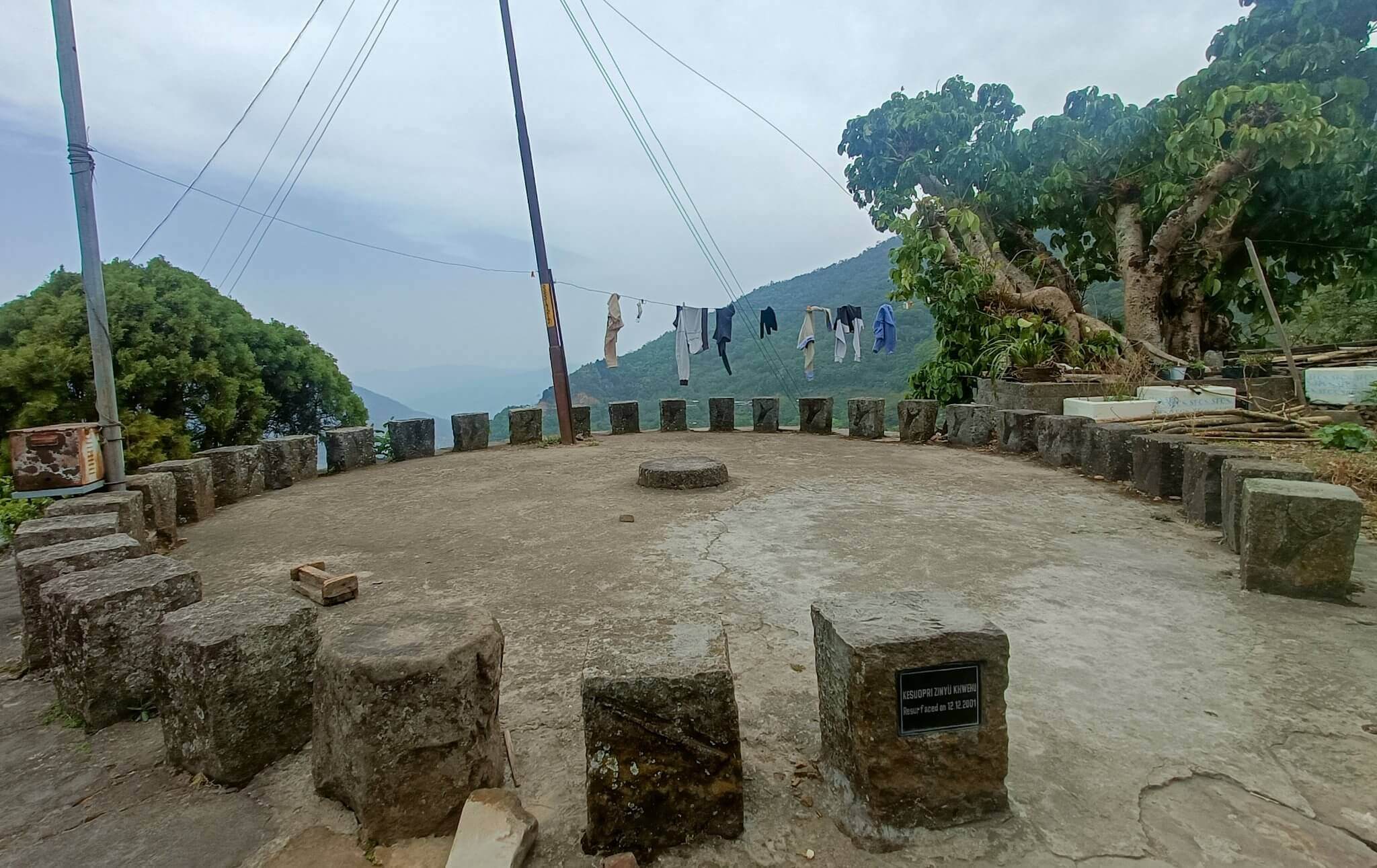
From there, we visited Thevoma Fort. We saw a huge stone with a message carved on it. It was to commemorate the friendship of Thevoma village with one of the tribes of east Nagaland. Whom they helped in defending their village.
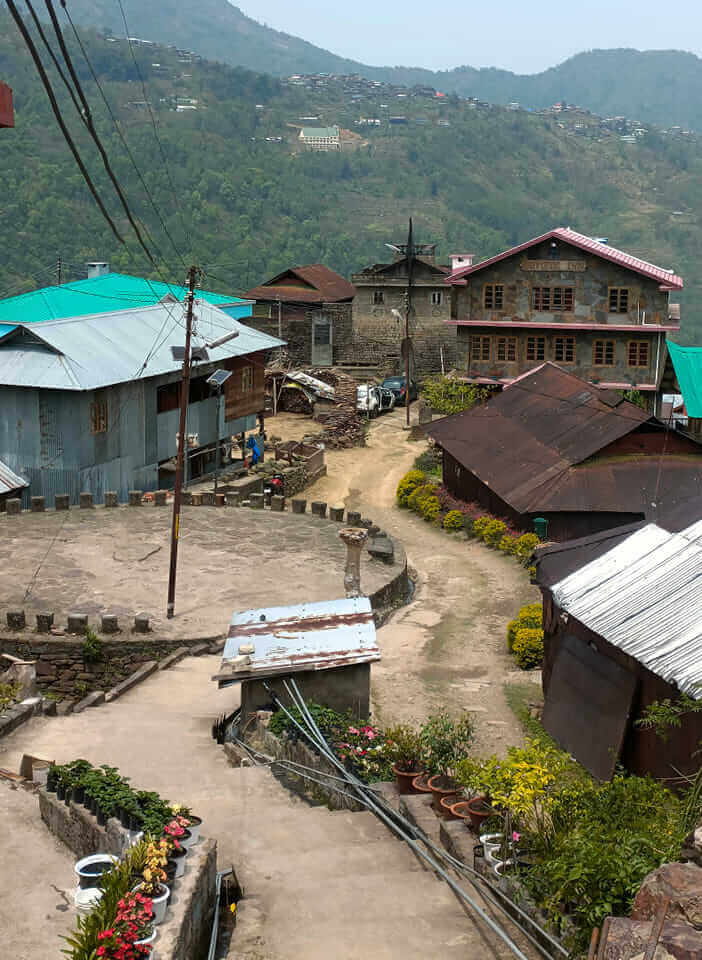
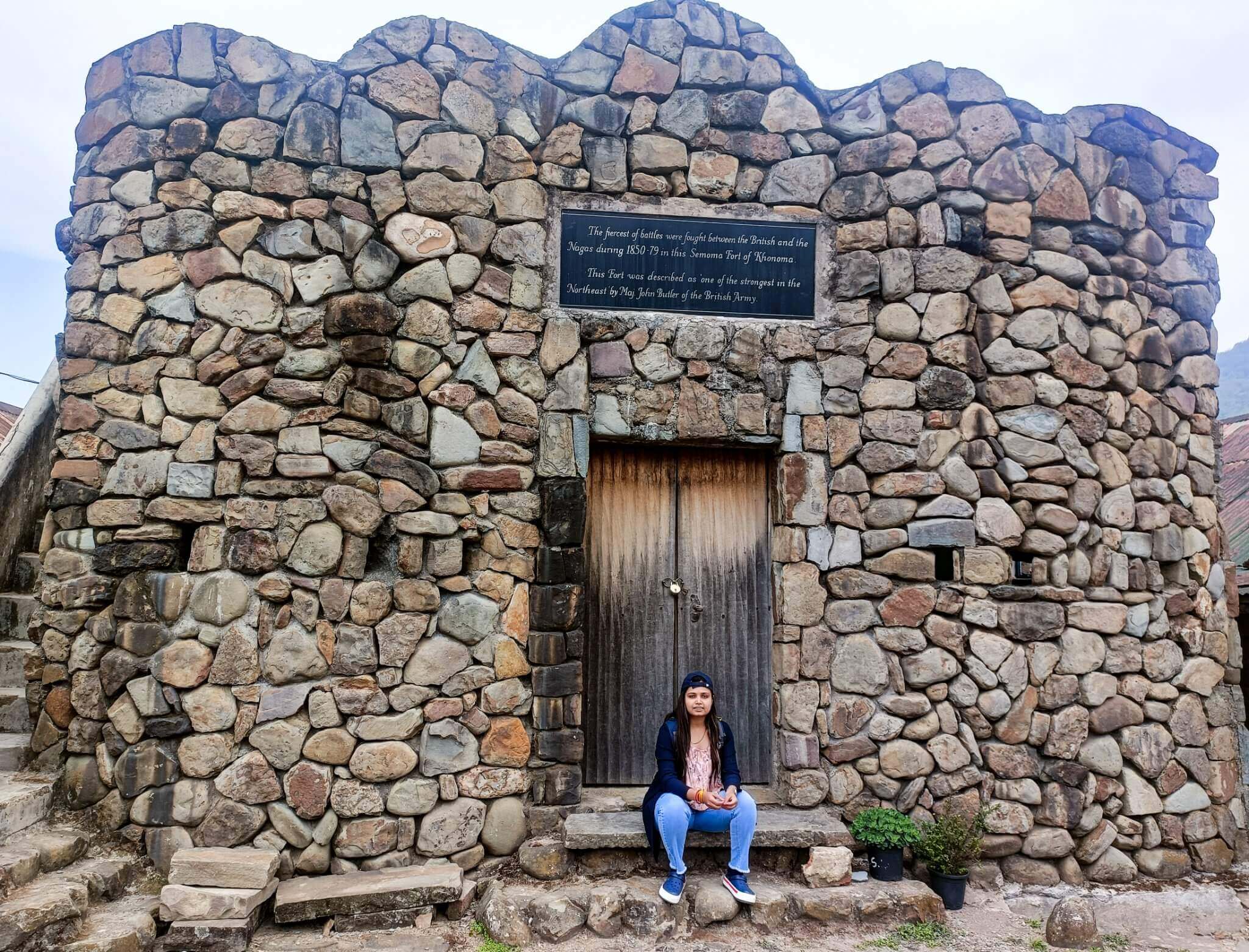
From there we went to meet the living legend of Thevoma village who was the oldest guy in the village. In his younger days, animal hunting and headhunting were legal. Believe me, he had hunted down more than 150 Animals and the ceiling of his house was the proof of it. which was decorated with these skulls. Insane Wasn't it? our guide belonged to the Thevoma Khel. Khel was made of a group of few clans. And clans are nothing but the families. During festivals, people of one village used to visit another village to enjoy the food and dances.
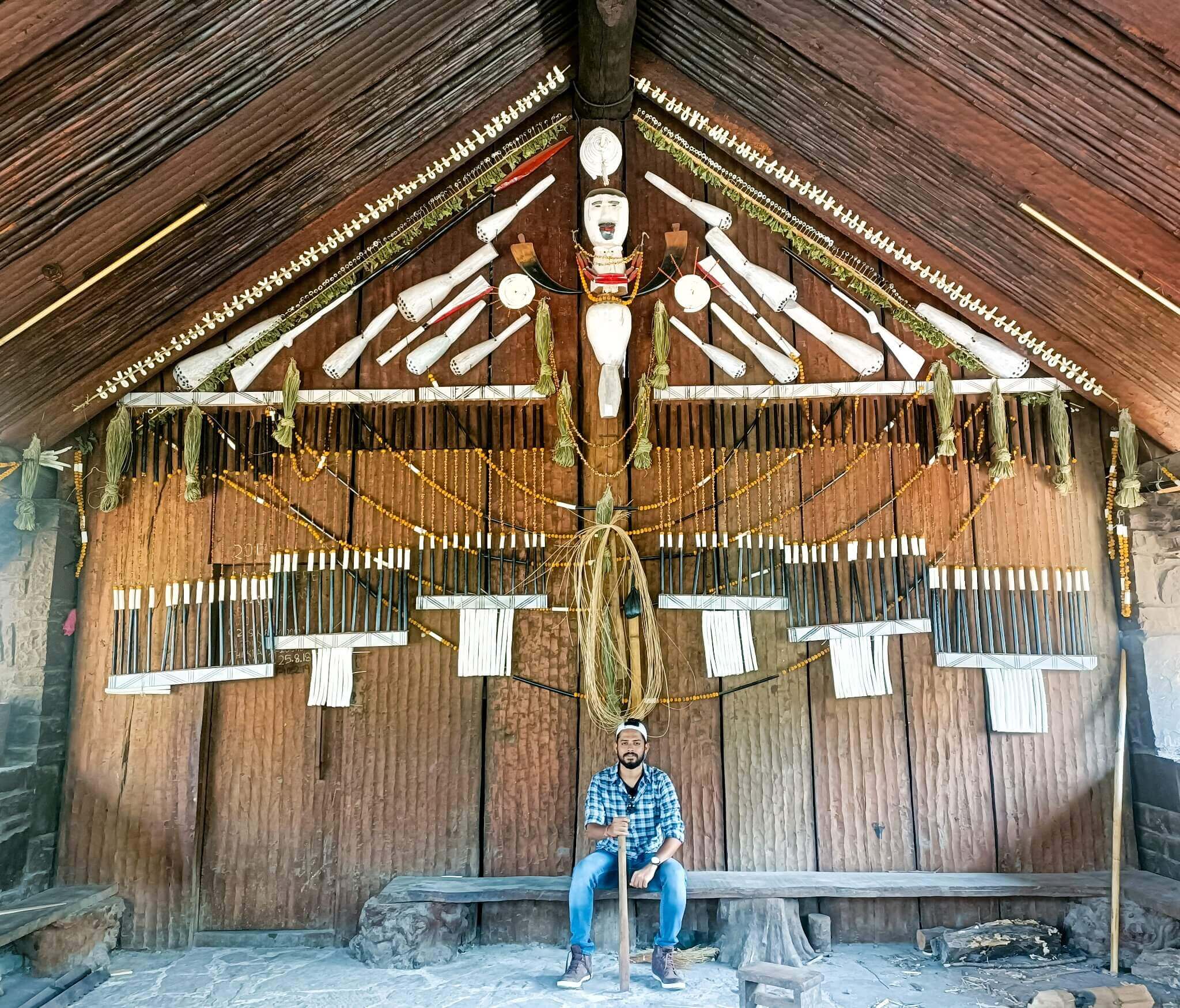
Isn't it beautiful and scare at the same time? ~~~
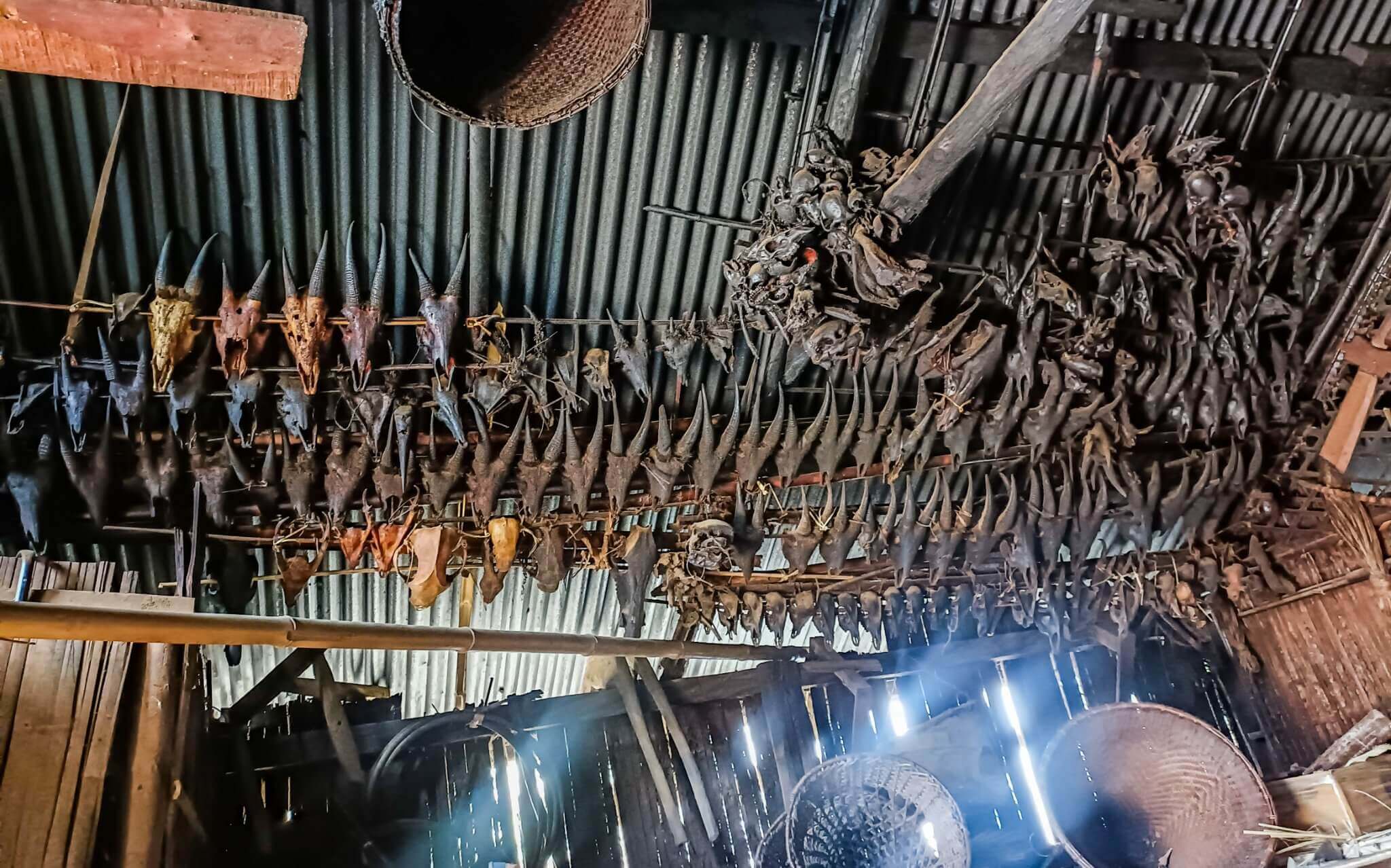
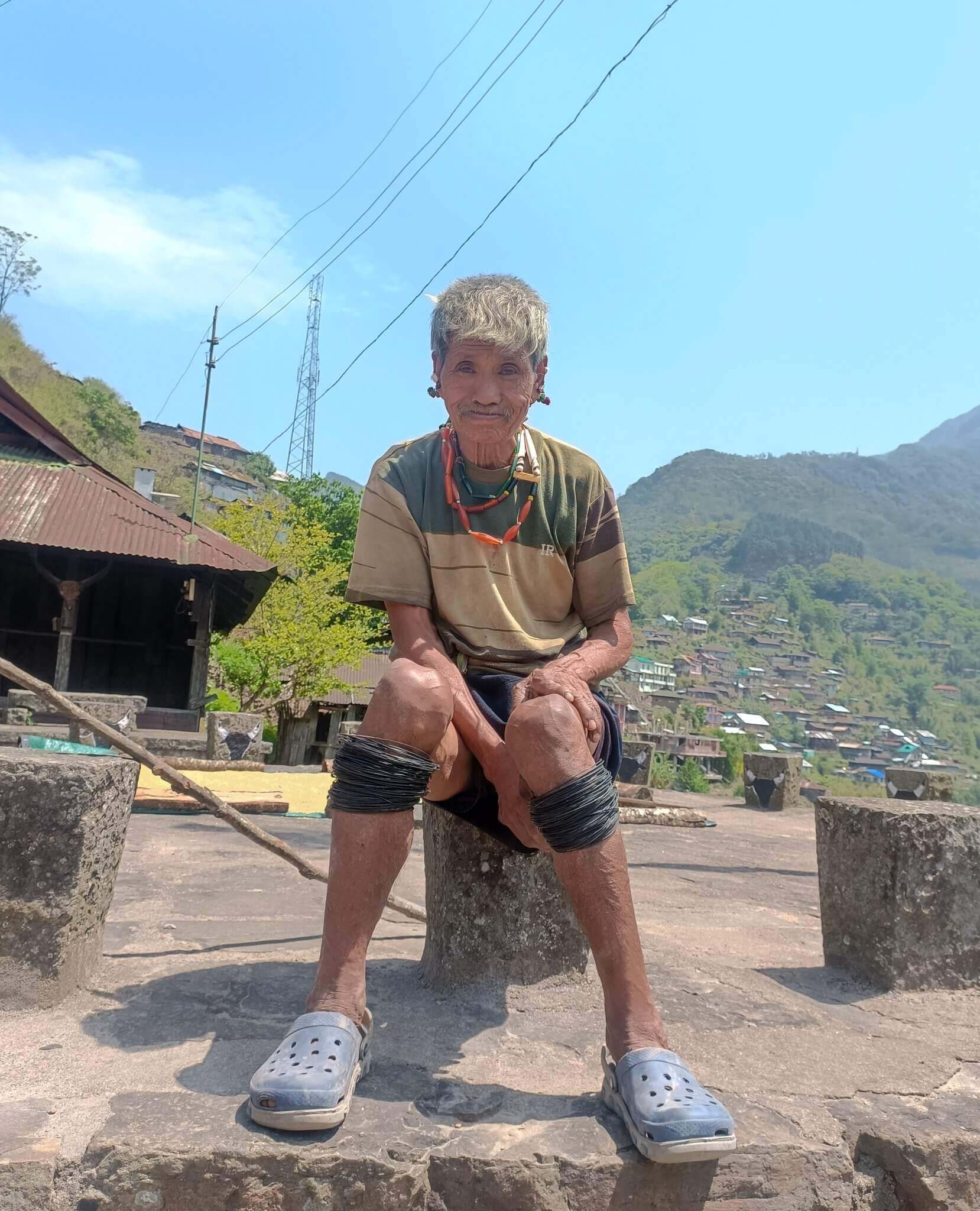
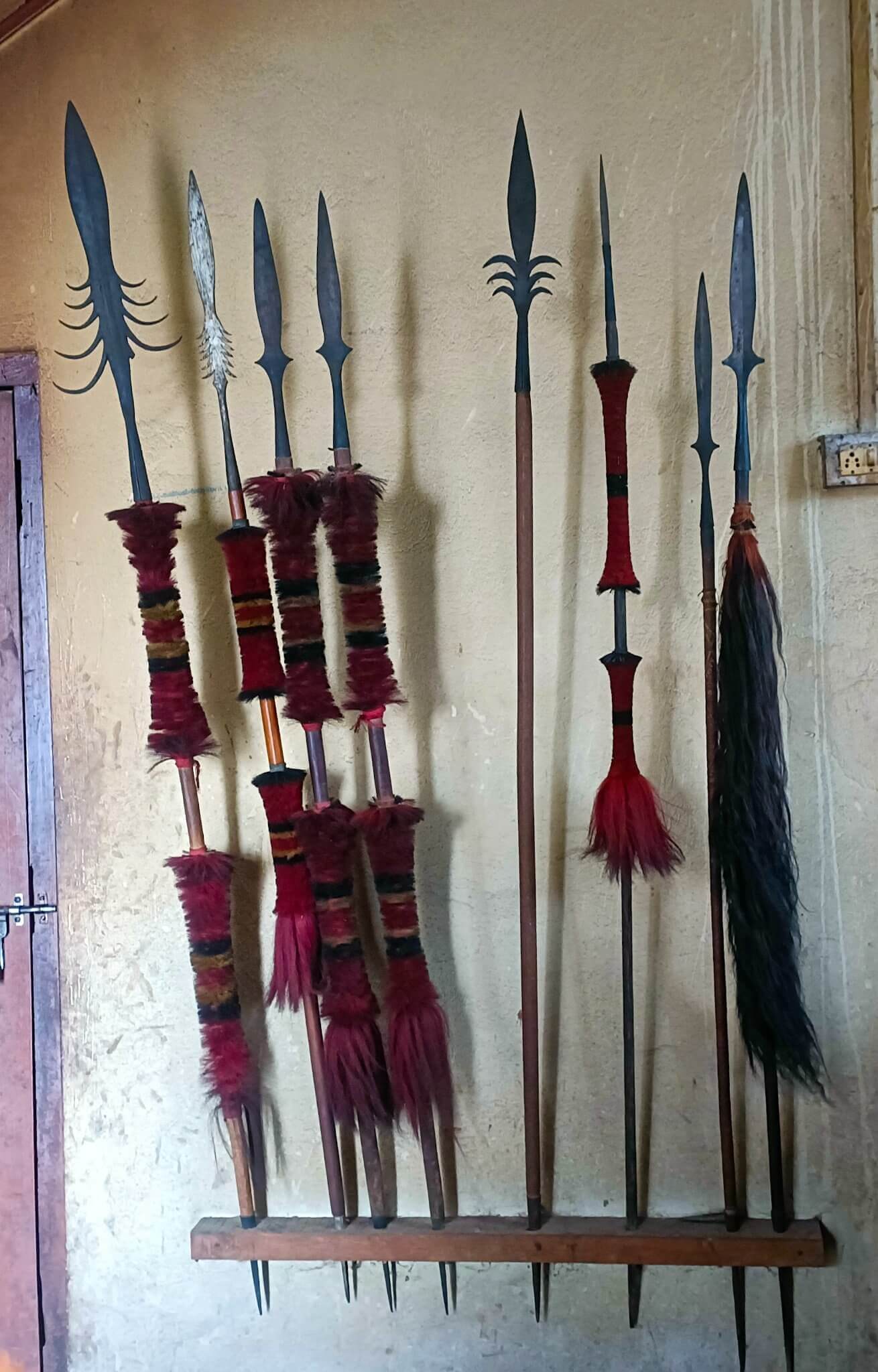
These were a few of the many interesting facts and stories of one of the 17 tribes of Nagaland. Imagine the magnitude of the cultural heritage of this State. I could able to visualize these stories and when we completed the tour I felt like one of them. Thank god I had visited Khonoma because not every day you would get a chance to experience something as ancient and raw as this.
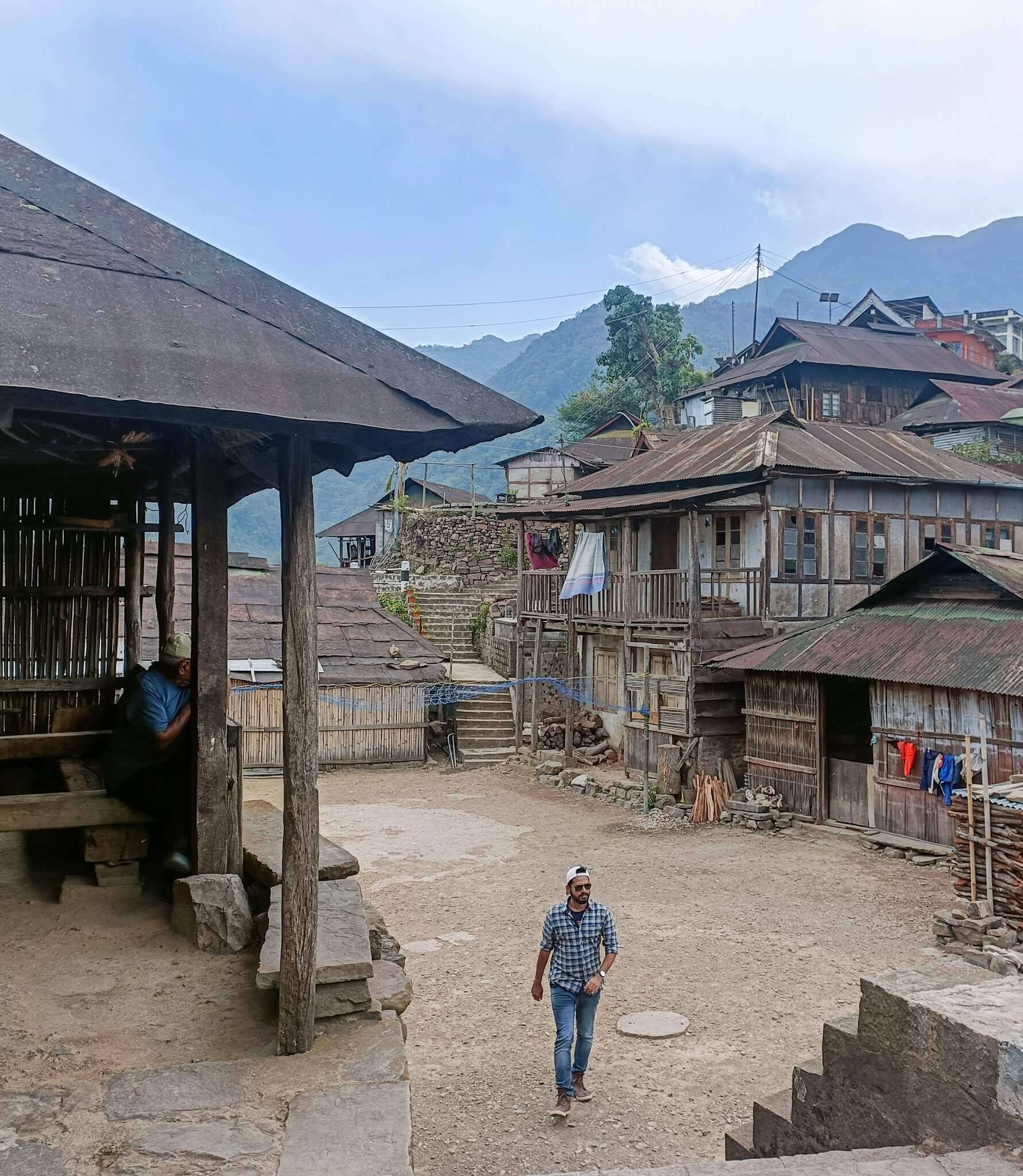
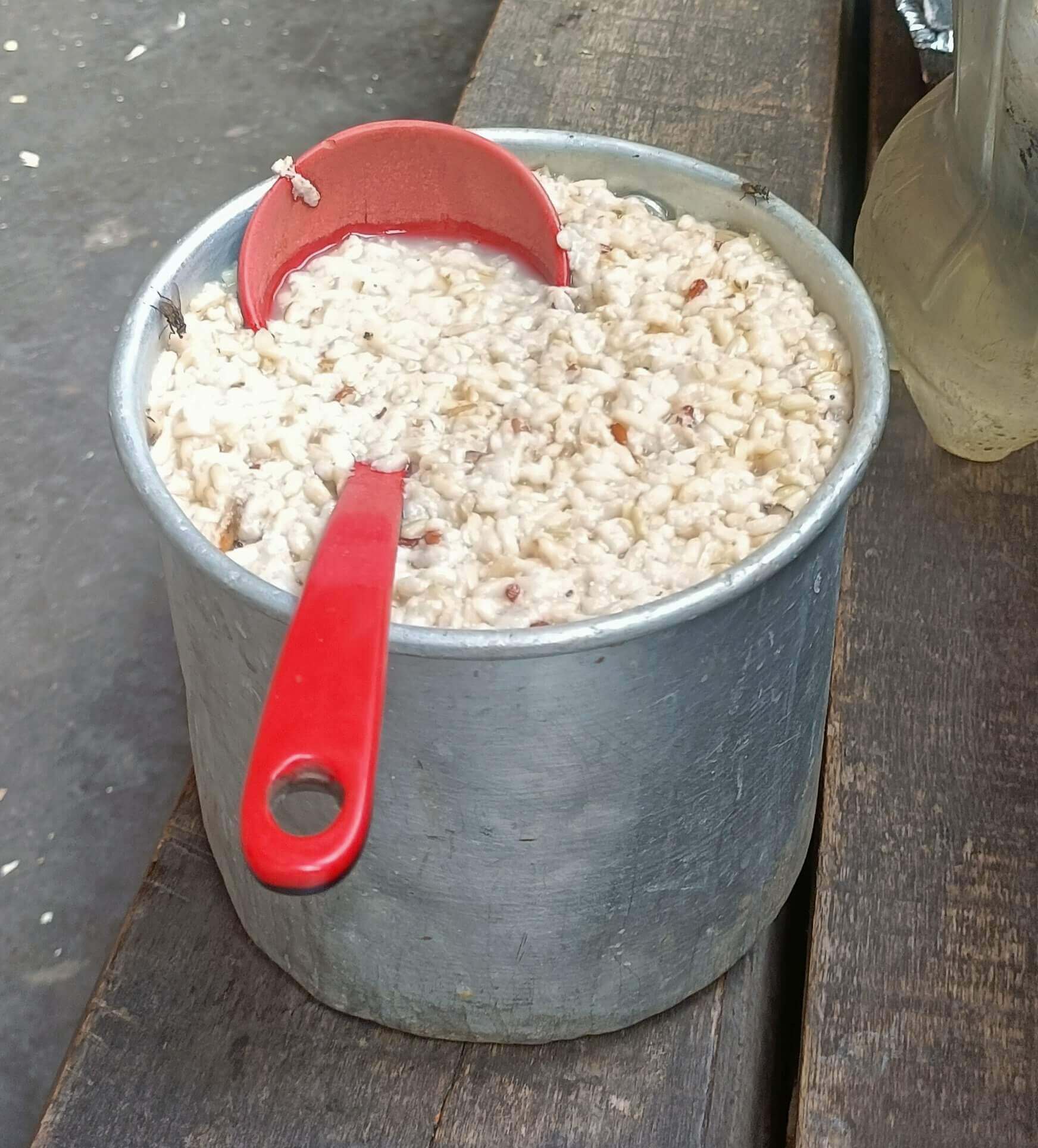
After spending more than 3 hours at Khonoma village, we went to the War Cemetery built in the memories of the martyred soldiers of World War II. There were 2000 plus graves and on each of them a beautiful epitaphs carved in bronze. Such as “When you go home, Tell them of us and say, For your Tomorrow, We gave our Today!” To be frank, most of them were Britishers who ruled us for so long. Therefore it never gave me the goosebumps I used to get at such places. Though its location was offering one of the best panoramic views of the city and a fair enough reason to spend a pleasant evening.
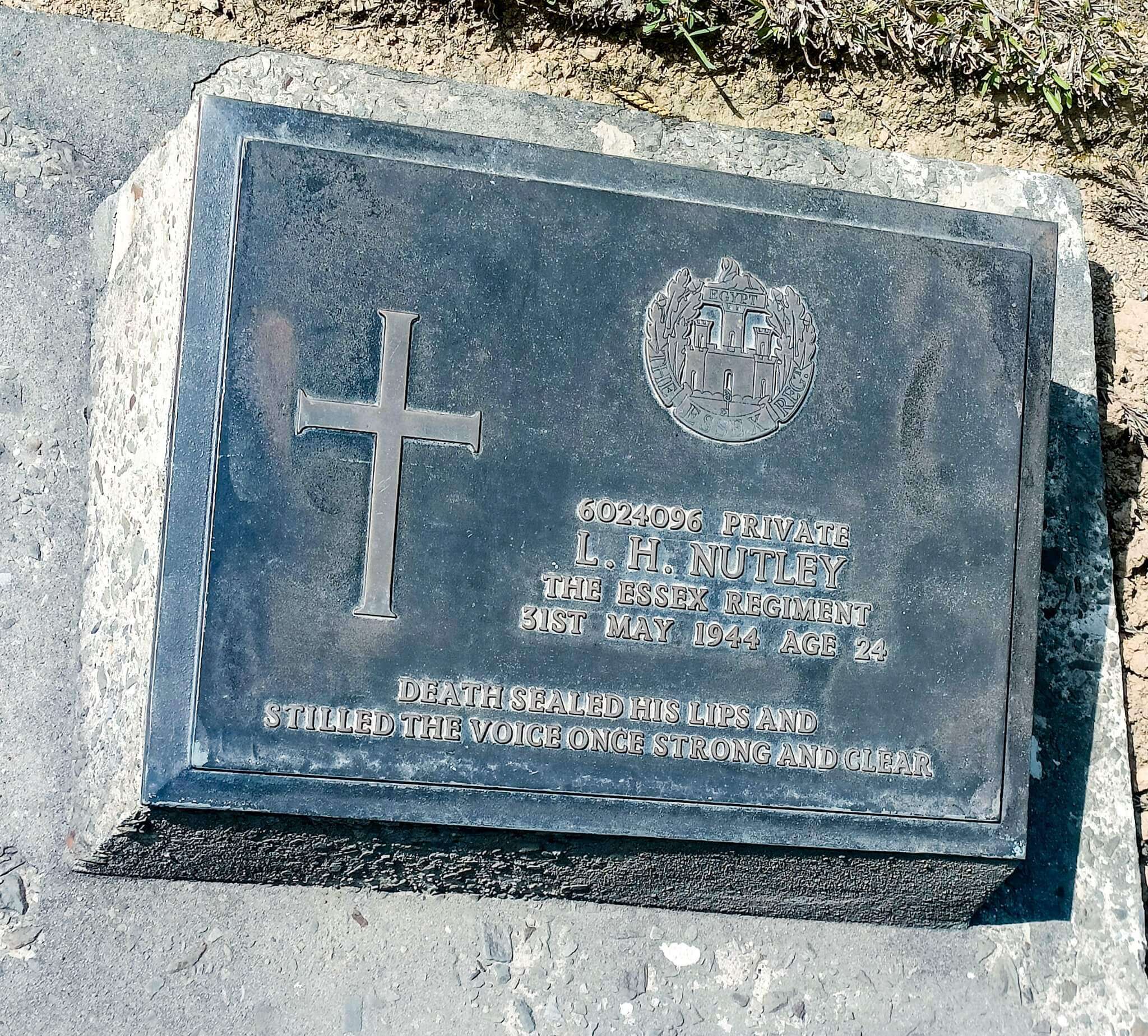
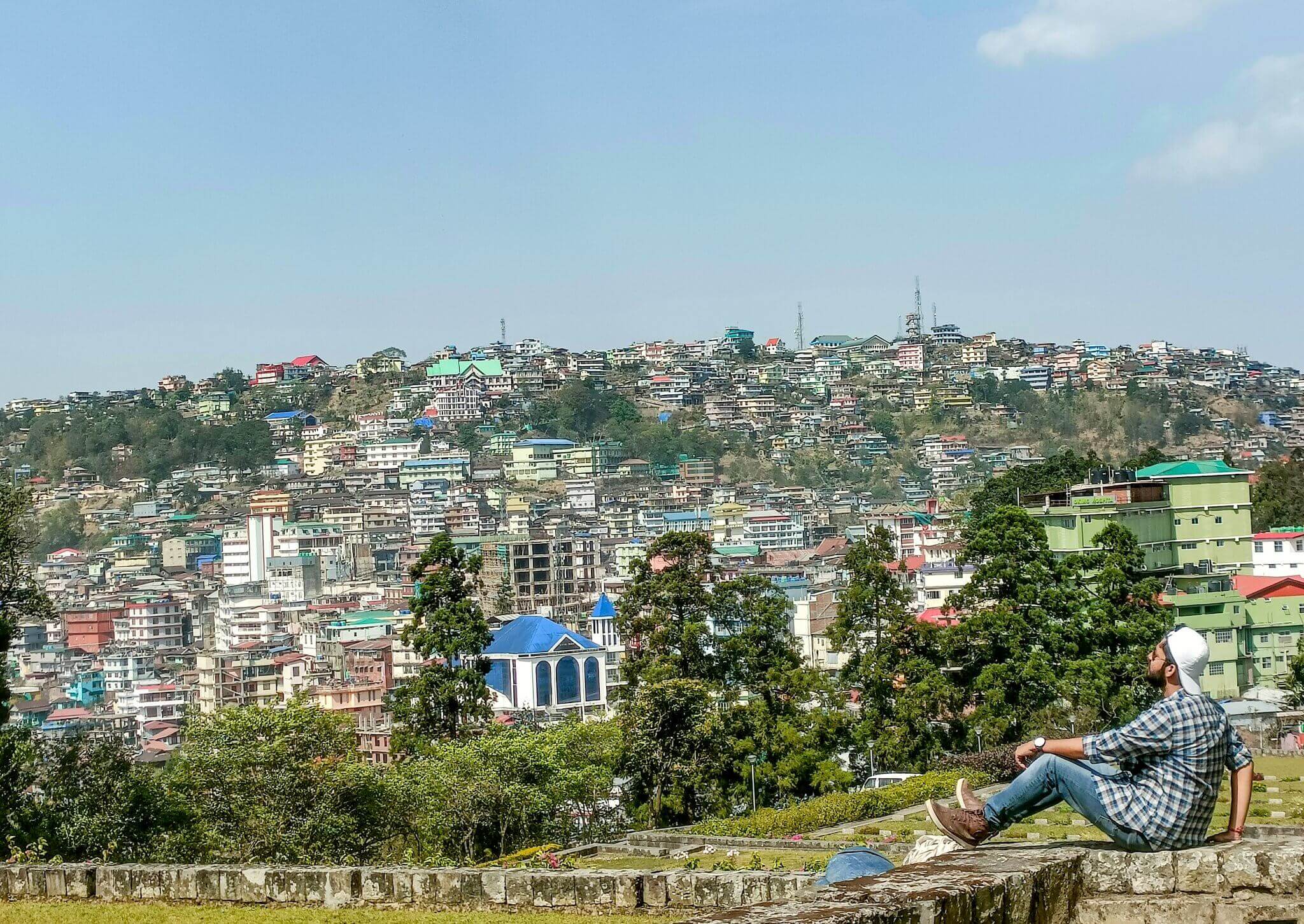
We went for lunch and thought of eating naga food. I ordered Naga Thali and my wife ordered a chicken biriyani. An authentic naga dish made up of boiled vegetables, chicken gravy cooked in naga style, steamed rice and the pickle. The waiter in the restaurant had informed me that the type of chicken that I ordered would smell the least. Even that smell was too strong for me. All I could manage to eat was two spoons of rice with chicken gravy and then switched to the delicious chicken biriyani ordered by my wife. I guess naga food wasn’t meant for me!
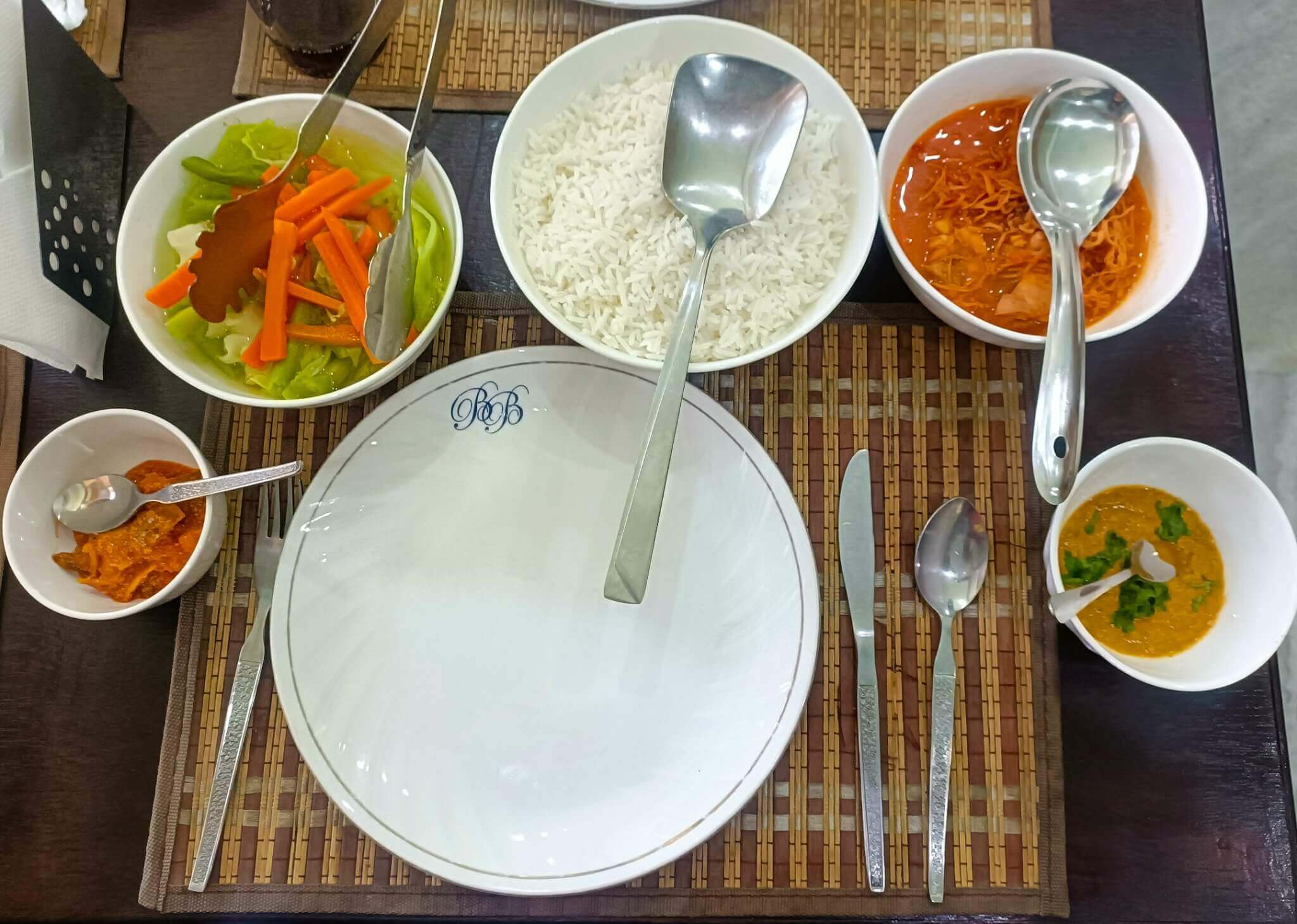
Nothing less than an achievment for non naga to finish It~
At around 3 PM we reached the last tourist destination of our northeast India trip. It had all the information about the houses, clothes, festivals celebrated and sports played in this part of the world. Also, details about the 17 naga tribes.
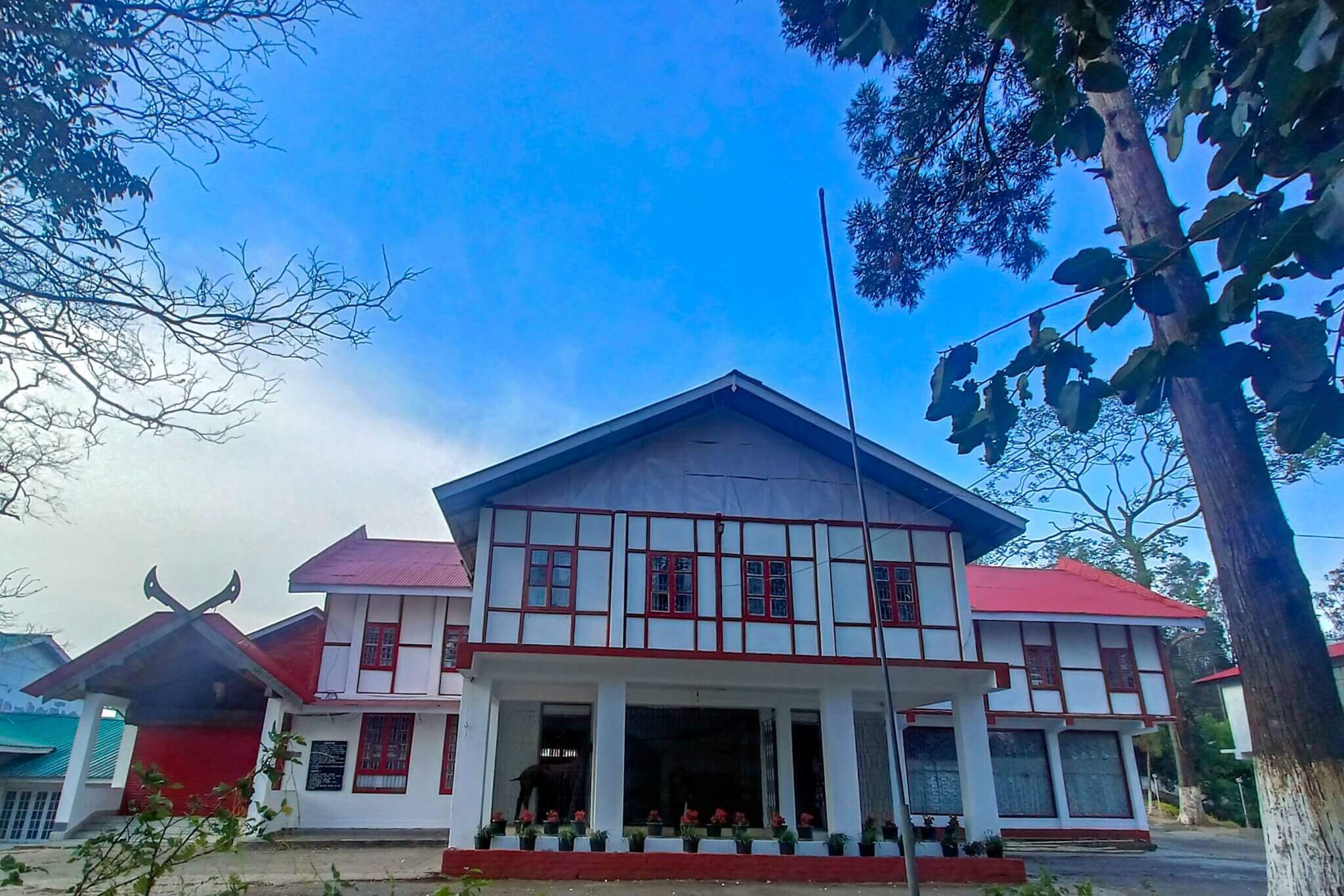
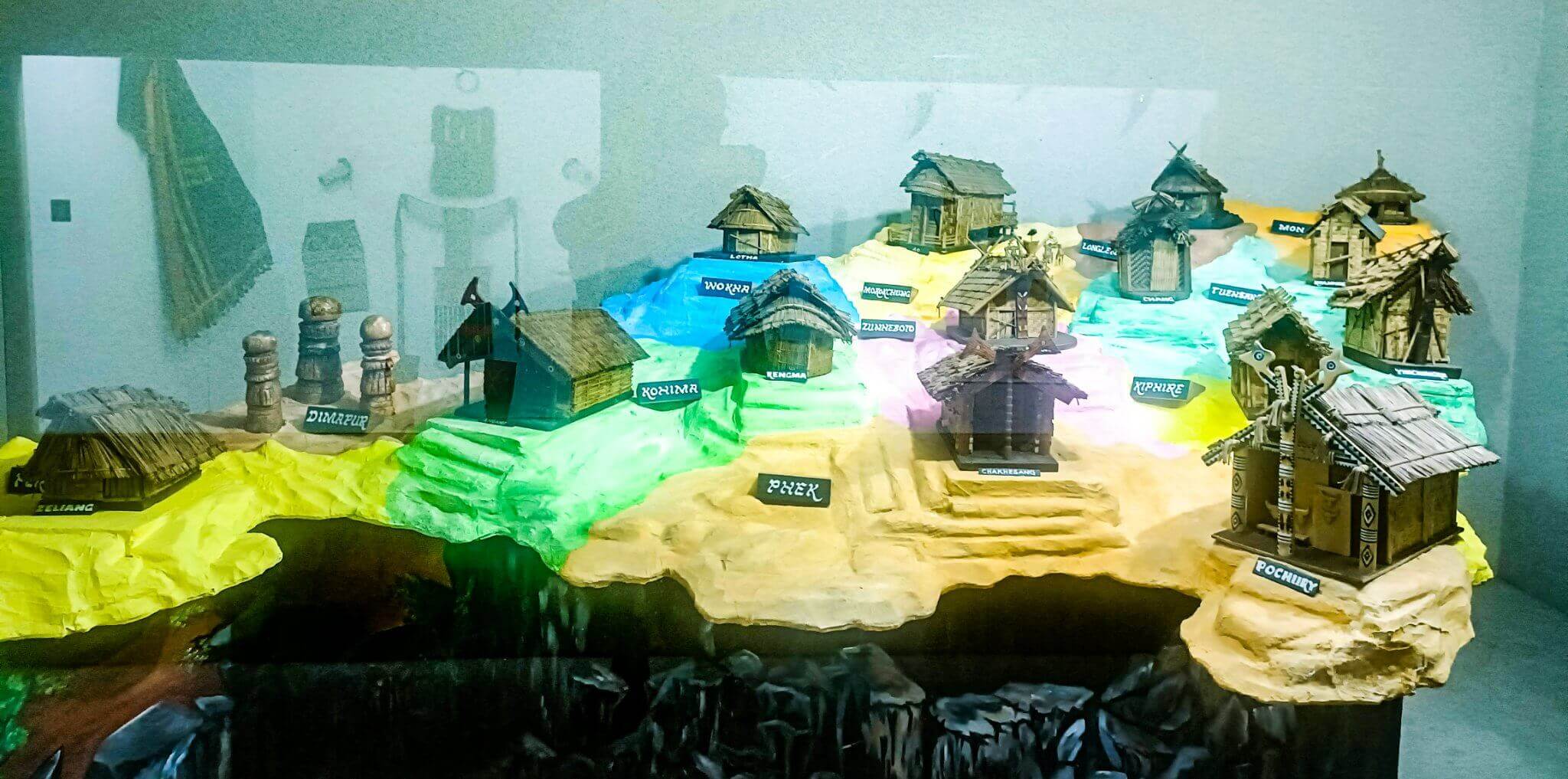
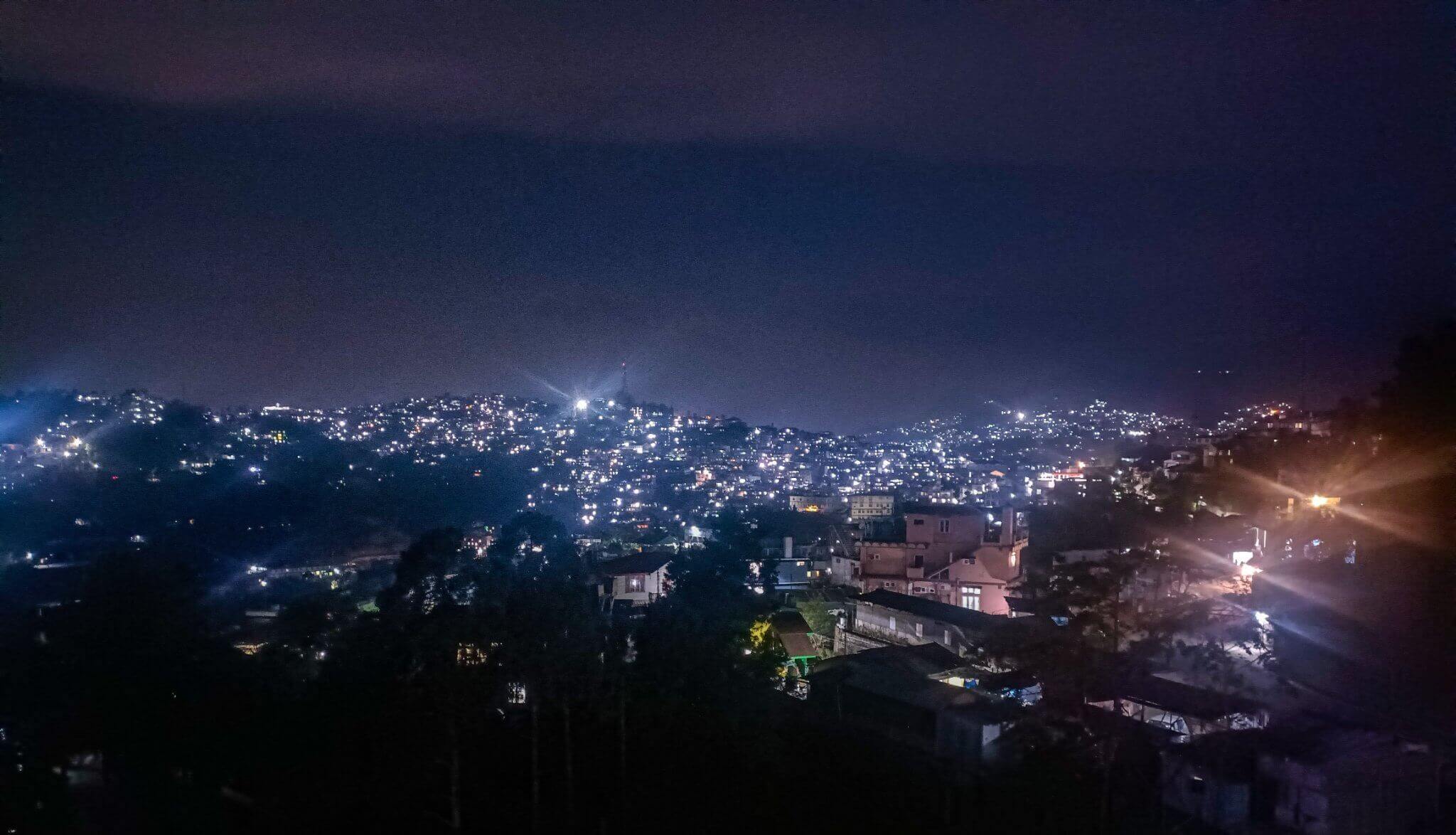
Day XVI : Alvida Nagaland & Amazing North East
When I had planned the trip, I never thought I would make so many memories and by the time, I would reach Dimapur airport for the return journey, I would be exhausted and I would be happy to go home. But when I reached the airport, I wished I would have a few more days to spend in northeast India.
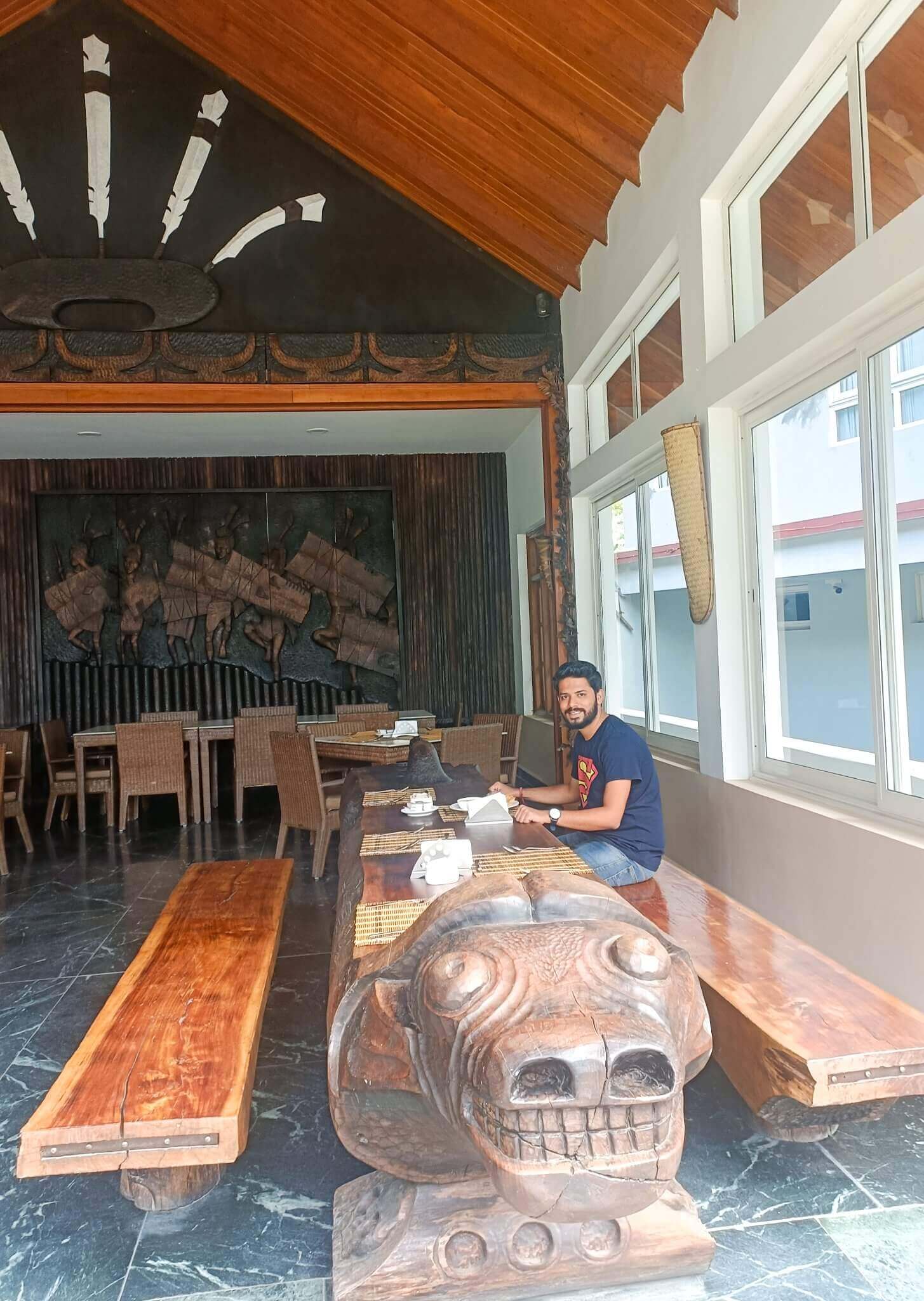
To summarise the trip, It began with a spiritual flavour of Kamakhya, followed by the monsoon of Cherapunjji. Then we experienced Buddhism in Arunachal Pradesh. Also, I learned incredible war stories about the Indian army. Then came the unforgettable wildlife Safaris at Kaziranga National Park. The trip ended with an unforgettable exploration of the rich heritage of the Khonoma village.

